|
Located on New Jersey's Lawrence Brook is the small-town of Milltown, which is the only municipality in Middlesex County to see a population drop from 1980 to 2014. The history of Milltown is so named for it being a “mill town” for as long as we can go back in its history. The earliest written documentation of a mill in Milltown is in 1769, when Fulcard Van Nordstrand advertises for sale a gristmill with 2 pair of grist stones, a fulling mill and a press house standing on a constant stream with 2 dwelling houses on 112 acres of land, 3 miles from New Brunswick, on the northwest bank of the Lawrence Brook. First owned by Fulcard Van Nordstrand, then Ferdinand Schuurman, ownership changes many times before finally falling into the possession of Jacob Bergen in 1811. The town is soon named “Bergens Mill“ but is advertised in a local paper as “Milltown”. After the death of Jacob Bergen, the mill ceases operation, apparently due to a fire. This is when Christopher Meyer acquires the property and its fame as a town for manufacturing rubber is put in history with the formation of The Meyer Rubber Company. The name “Milltown” is used hereafter. A fire, yet again, damages the mill and a John R Ford comes forward with his own finances and puts the mill back into motion. This is where Ford street gets its name from; after Ford & Co. . German immigrants soon arrive in Milltown from New York City after suffering from poverty and general hardship. After experiencing the opportunities of the mill some workers return to Germany to bring friends and family back putting German Phillip Kuhlthau as leader and role model of the German population of the town. By 1852, the factory suffers another fire is rebuilt as The Ford Rubber Co. Before changing back to the Meyer Rubber Company, then India Rubber Company followed by international Rubber Co. and finally in 1907 the the Michelin Tire Company comes from France. J. Habette-Michelin, of New Brunswick, was given the job of resident vice-president, and R. B. Meyers, industrial manager. New buildings were soon erected. In 1919, Michelin built 53 bungalows in town, which would later increase to 200, to house their employees. Michelin was so successful it would eventually employ more than 2000 men and women. When the depression rolled around Michelin was forced to cease operations and move back to France. Many of the company homes can still be seen. One such street is Riva Avenue. In an Issue of American Builder we can see the streets of the original homes. The seventeen-foot Victorian-style street clock placed at the intersection of Main Street and Washington Avenue was funded by private sponsorships and was dedicated at a ceremony on July 2 in 2010. The large Italianate Industrial building on Washington Avenue has housed many businesses, one including the Russell Playing Card Co. which was opened in 1906 by Willis W. Russell. In 1936, Russell Playing Card Co. moved to Ohio after acquisition by the United States Playing Card Co. It was constructed in 1899 as the Milltown India Rubber Company factory. It is now “The Mill” Condominiums. Across the street is Milltown Ice Cream Depot. Milltown Freight Station is the only surviving station of the Raritan River Railroad with its first passenger train reaching Milltown in 1891. After the Great Depression, ridership decreased dramatically finally forcing the Raritan River Railroad to stop passenger service altogether in 1938 between South Amboy and New Brunswick. The Milltown Station would no longer service passengers. After passenger service ended, the station building was moved slightly down the tracks and the platform height was raised so that the building could be utilized for freight service. Eventually even the express freight would not pass through the station. As of June 2016, Tom Reynolds, the president, and Kenneth Durrua, the vice president, of the Raritan River Chapter of the National Railway Historical Society working with the Milltown Historical Society have raised enough money to restore the Raritan River Freight Station to its former glory and hope to complete it by 2017. On the corner of J F Kennedy Drive and Washington is a Bell AH-1F Cobra, which is a two-blade, single engine attack helicopter manufactured by Bell Helicopter. In an effort to honor its war veterans, the Joyce Kilmer American Legion Post 25 put it on display. The Golden Lion (structure in left of picture) was once Hotel Marguerite which was built in 1905. It was also Findon's Tavern through the 1940's and 1950's. Main Street has numerous shops and places to eat. The Milltown Lodge No. 294, Free and Accepted Masons, is over 50 years old. Revilla Grooves and Gear which is owned and operated by Darren Revilla who got his start selling records online via Ebay. In the center of town is the Mill Pond. And this post wouldn't be complete without talking about the fate of the Milltown Michelin Site which was in the process of being demolished the day I went to take my final pictures. They were hoping to save water tower and smokestack but the Environmental Protection Agency wanted them to come down. Several businesses used the factory after Michelin left including Chicopee of J&J, Heidingsfeld Printing Co., Algro Knitting Mills and Alphaduct Wire. Laura Gonzalez
3 Comments
If we go back to the 1950s, western and cowboy culture had completely taken over. By 1959, 26 cowboy themed shows aired during prime-time and eight of the top ten shows were westerns. Howdy Doody was every child’s hero as the merchandise flew off the shelves. Americans were hooked. In Post war America, tourist culture blossomed and Wild West City stands as testimony to that era. It was once rated by the American Cowboy Magazine as one of the top five “must see” western theme parks in the United States. It is oftened compared to Buffalo Bills’ Wild West Show. It was around this time that (1956 to be exact) that the American Foundation for the Preservation of the Old West purchased a tract of land in Byram Township, New Jersey. An architect was flown out to Kansas to research actual towns and shortly thereafter construction began on a replica western town. Operated by Justus Neinaber, the site opened in the spring of 1957 and lasted until 1962. The town was leased unsuccessfully for a season and then closed until 1963. The Stabile, Rospond and Maitalasso families purchased the theme park in the fall of 1963 planning a short term real estate investment. Michael and Mary Stabile of Nutley, New Jersey were the operators of the park and eventually bought out their partners in 1966. The Stabile’s continued to run the site . Micheal Stabile passed in 1993 and his wife, Mary in 2002. Members of the family still operate the park. Stepping into the park, children run around with plastic pistols and cowboy hats. There is a slight creepiness factor looking over the display of a western town with antique dolls. The tiny shops each house artifacts from the past giving also a educational experience as well as a morbid one. Of course, I wouldn't be telling this story without a little darkness involved. In 2006, controversy struck the park when a actor was accidentally shot in the head with a real bullet. During the “Sundance Kid “ skit after the smoke cleared and the applause died down, the actor was still lying on the ground, blood trickling down his face. The happy city of a era long gone turned to scene out of a horror movie as a afternoon of fun turned to memories not to be forgotten. Coworkers thought he had fallen, and rushed him to the hospital. After he underwent CT scanning that doctors realized he had been shot with a real bullet. Another actor, who fired at Mr. Harris, had inadvertently loaded his gun with .22 caliber bullets instead of blanks. He had been late to work and grabbed a coworkers bullets not realizing he now had a loaded weapon for the show. The actor remains partially paralyzed and has won a 2 million dollar lawsuit against the business. All their performers must now receive safety training before working at the park. Laura Gonzalez
The paper clip is probably something you don't give much thought about, but nearly a century ago they were a great invention. According to Wikipedia, a paper clip is a flat or nearly flat piece of metal that slides over an edge of a set of papers and holds the papers together without being bent or pinched by the user and without piercing the papers. It is often characterized by the almost two full loops made by the wire. Over the years, many different inventors have been credited with the invention of the paper clip. In 1899 in Waterbury, Connecticut, William D. Middlebrook invents and patents paper clips who sells the patent to Cushman & Denison. Cushman & Denison trademark the name GEM for their product. The Gem paper clip is the most common type of wire paper clip still in use. He not only invented the paper clip but he also invented a machine to produce the paper clip. Then there is Johan Vaaler, who is often identified with the invention of the common paper clip, although he applied for a German patent on November 12 of 1899 which was granted on June 6, 1901. Vaaler's alleged invention of the paper clip became known in Norway after World War II and found its way into some encyclopedias, although others had been patented before him. ‘Events of that war contributed greatly to the mythical status of the paper clip as a national symbol. During the resistance to the German occupation during World War II, after pins or badges bearing national symbols or the initials of exiled King Haakon VII were banned, Norwegians began to wear paper clips in their lapels as a symbol of resistance to the occupiers and local Nazi authorities. The clips were meant to denote solidarity and unity ("we are bound together"). Their symbolism was even more obvious because paper clips are called "binders" in Norwegian. Their presumed Norwegian origin was not generally known at that time, but when that widely believed story was added to the war-time experience of many patriots, it strengthened their status as national symbols.’ -wikipedia Side Note: Despite how little we think of the paperclip or its origins, you should know that in Sandvika,Norway there is a giant seven-meter high paper clip in honor of Johan Vaaler, although it shows the Gem, not the one patented by Vaaler. But before all of them was Samuel B. Fay of the United States, who received the first patent for a bent wire paper clip in 1867, although its design was not intended primarily for papers but for attaching tickets to fabric. Paper clips sold came in so many different designs with one being the “Eureka Clip” which was invented by George P. Farmer and manufactured by the Consolidated Safety Pin Co., of Bloomfield, NJ. Bloomfield was once one of the most flourishing manufacturing towns in New Jersey. In 1890, the Consolidated Safety Pin Company moved to Bloomfield and situated its factory along Tony’s brook and the Lackawanna Railroad on Farrand Street. As the business grew more buildings were added to the site. By 1901, it employed 170 workers. George P. Farmer became president of the firm. In 1917, the company broke taboos and added blind workers to its team in carding, boxing and heading safety pins. The workers were paid fourteen cents an hour while learning, up to 8.00 a week after training and proved to be a valuable commodity to those returning from the war blinded in battle. The company had at one time 6 blind workers. By 1921, The Consolidated Safety Pin Company worked its way up to making safety pins on a large scale. Sometime during the course of history, the Safety Pin Company was gone, and the Kidde Manufacturing Company, Inc., had taken its place. Although I am unsure of the circumstances that took place, i do know that in 1904 The Consolidated Safety Pin Co.added a Mr. Water Kidde as its engineer. Walter Kidde was the president of the Kidde Company. Walter Kidde & Company started out as a construction company, but slowly grew into a fire suppression company reaching new heights in the 1930s and the 1940s when the company's products reached markets in Asia, Europe, Africa, and South America. World War II pushed Walter Kidde & Company into unprecedented sales and by 1938, Walter Kidde & Company had sales of $2 million. The business was so profitable that he also opened a separate plant in Belleville By the time 1943 rolled around, the company was producing over $60 million worth of war equipment and was always behind schedule. Walter Kidde passed away at the age of 65 in 1943 in Montclair and the company was passed down to his son John Kidde. Both companies are long gone, Solid State now occupies the site. The past is forgotten but Toney's brook still runs by showing us that as somethings change, some things remain the same. Laura Gonzalez
|
ABOUT THE AUTHORLaura Gonzalez is a photographer, blogger and historian currently residing in Newark, New Jersey. Archives
April 2021
Categories
All
|
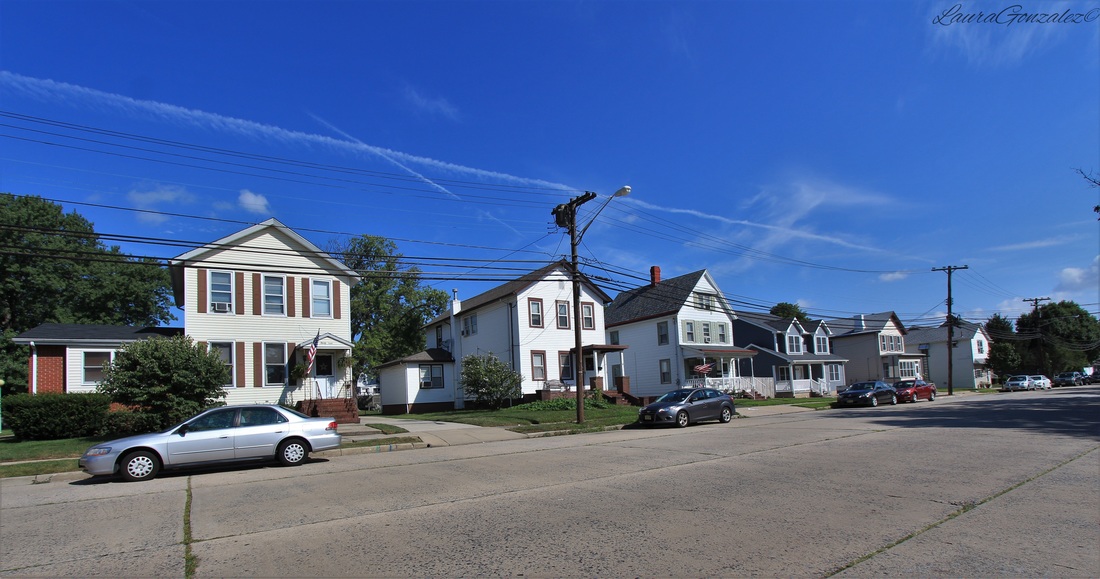
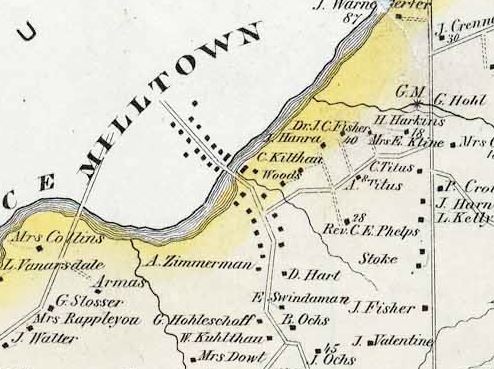
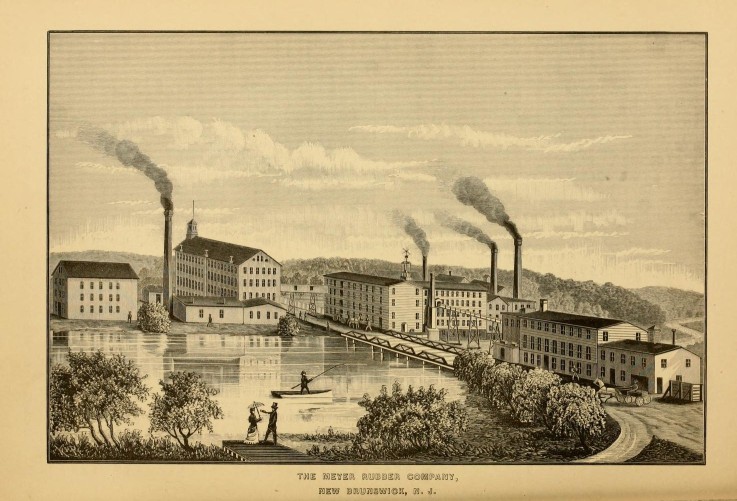
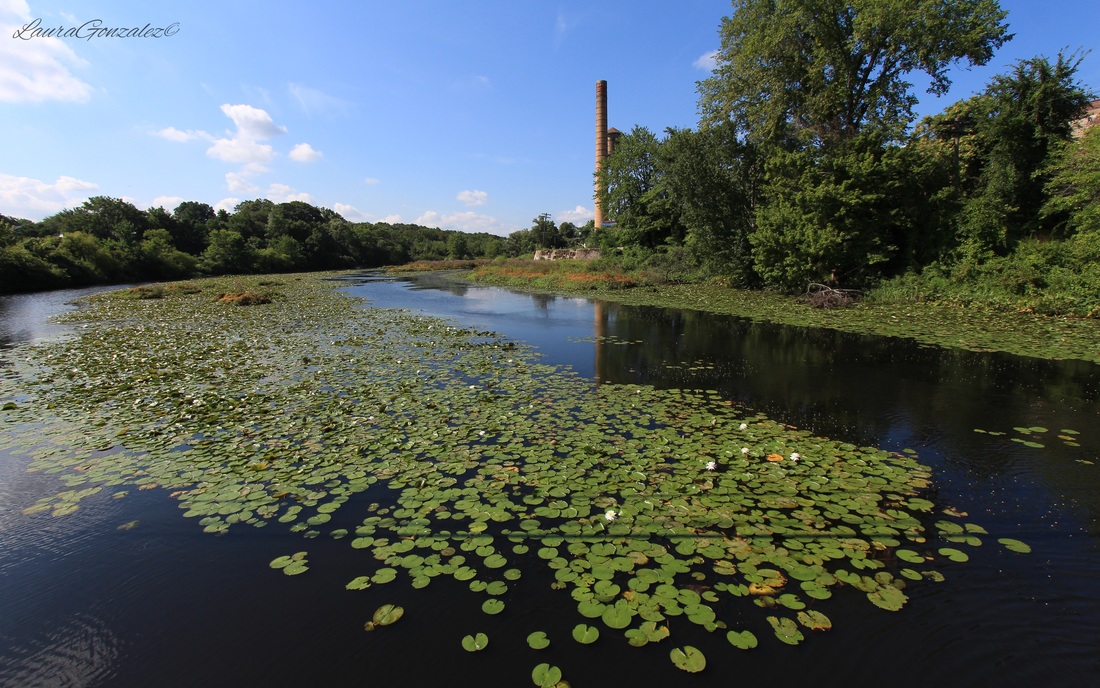
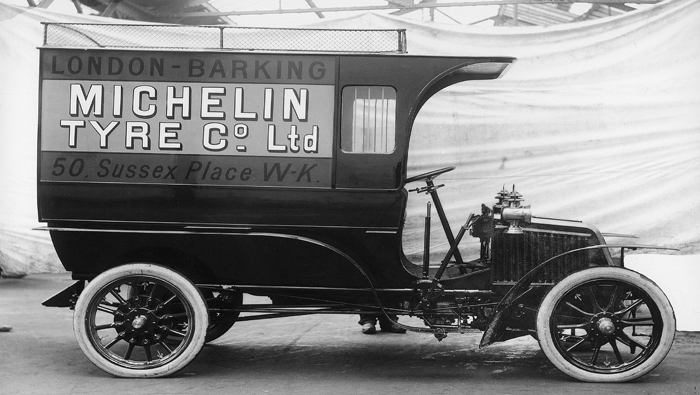
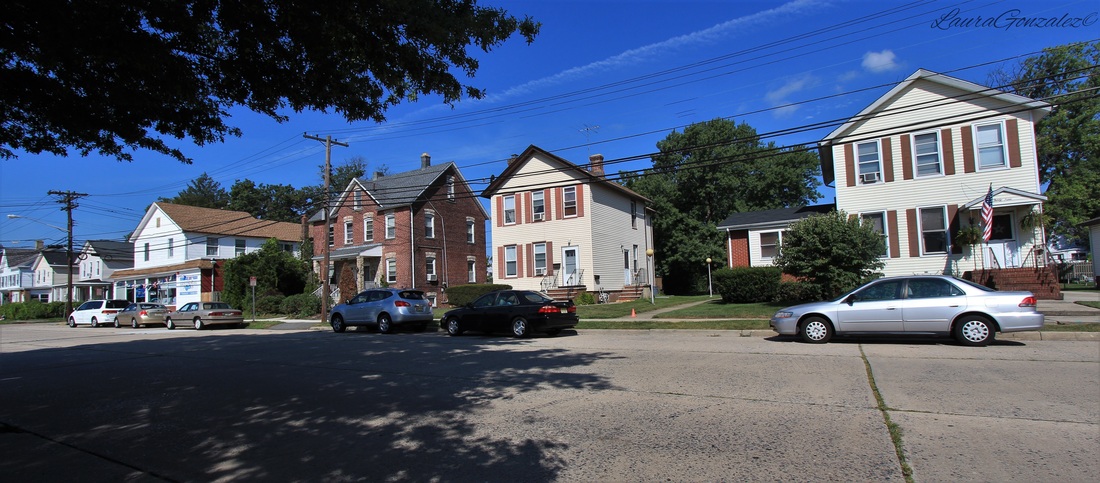
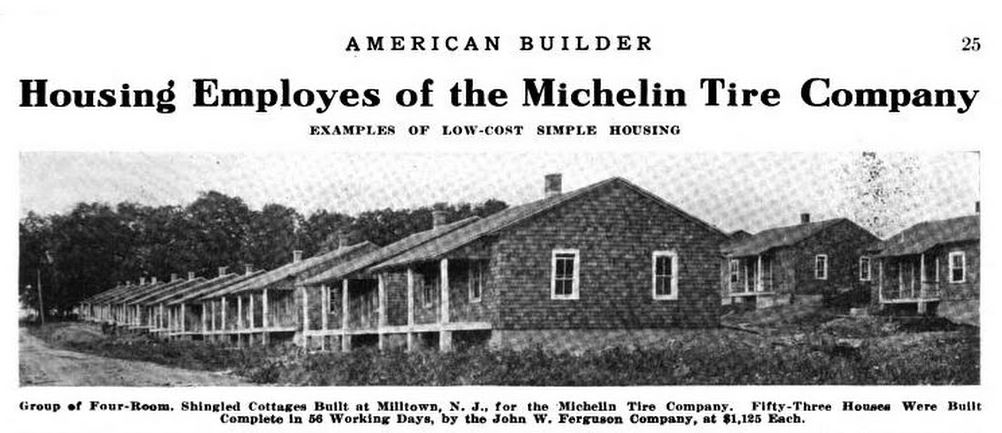
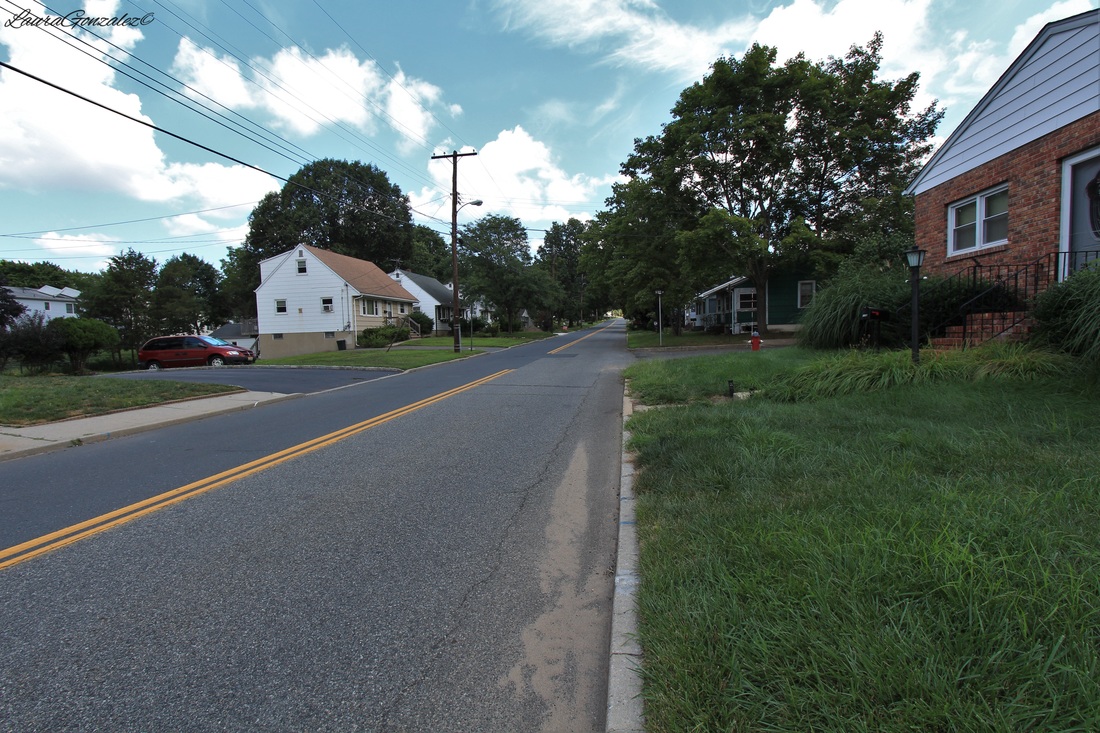
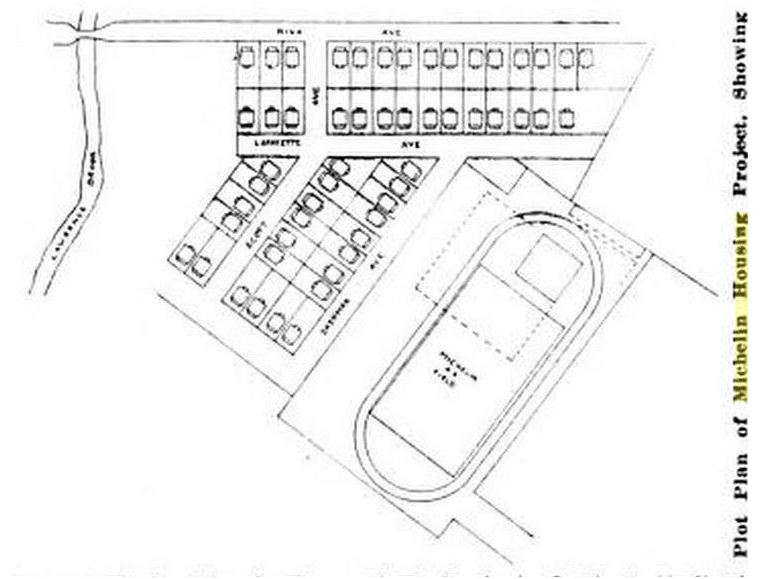
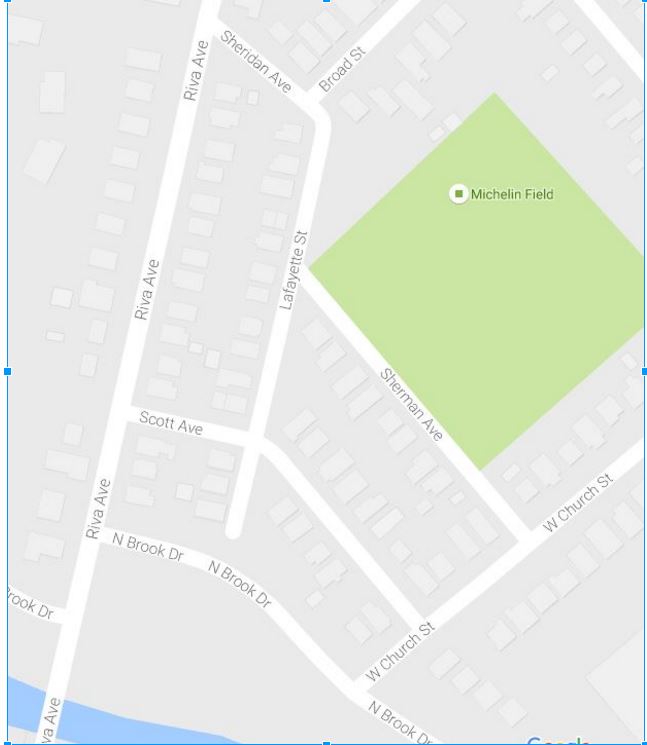
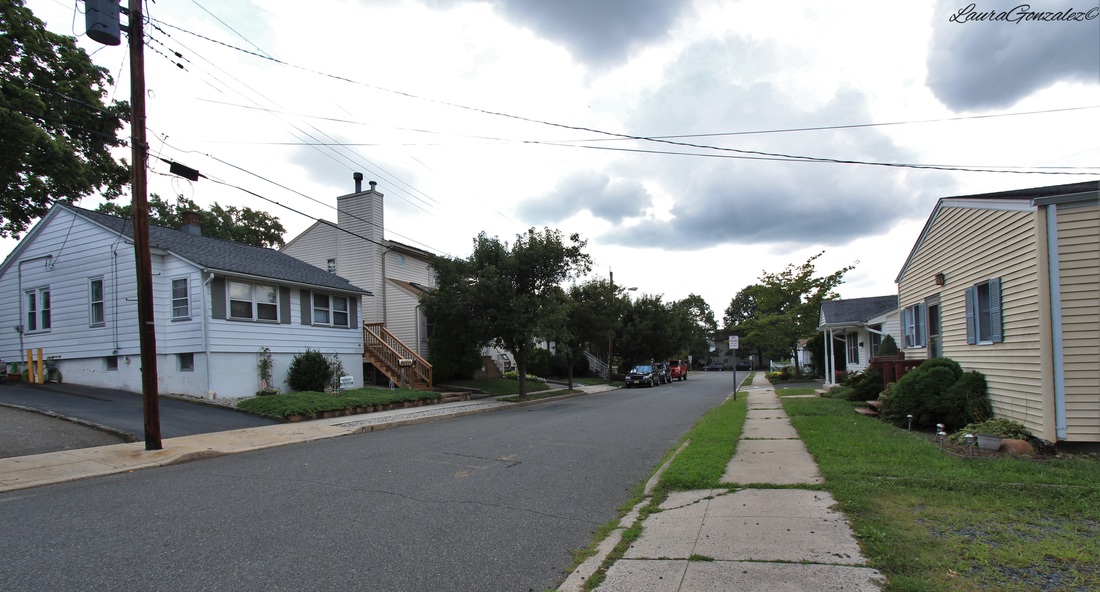
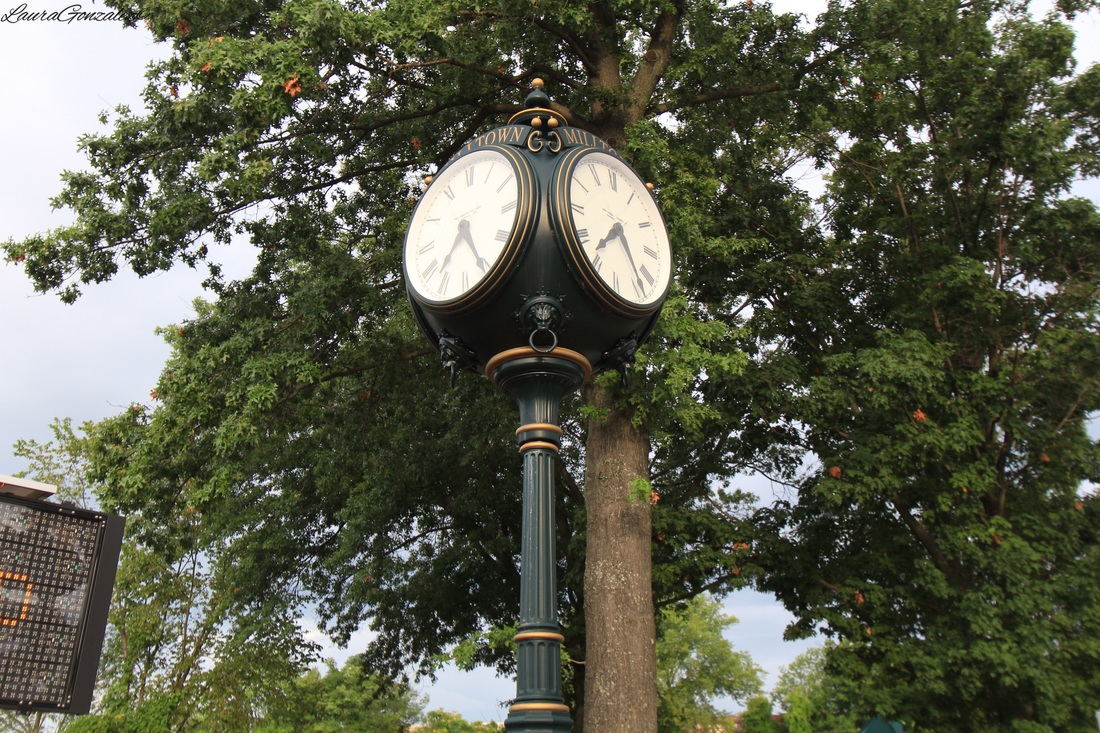
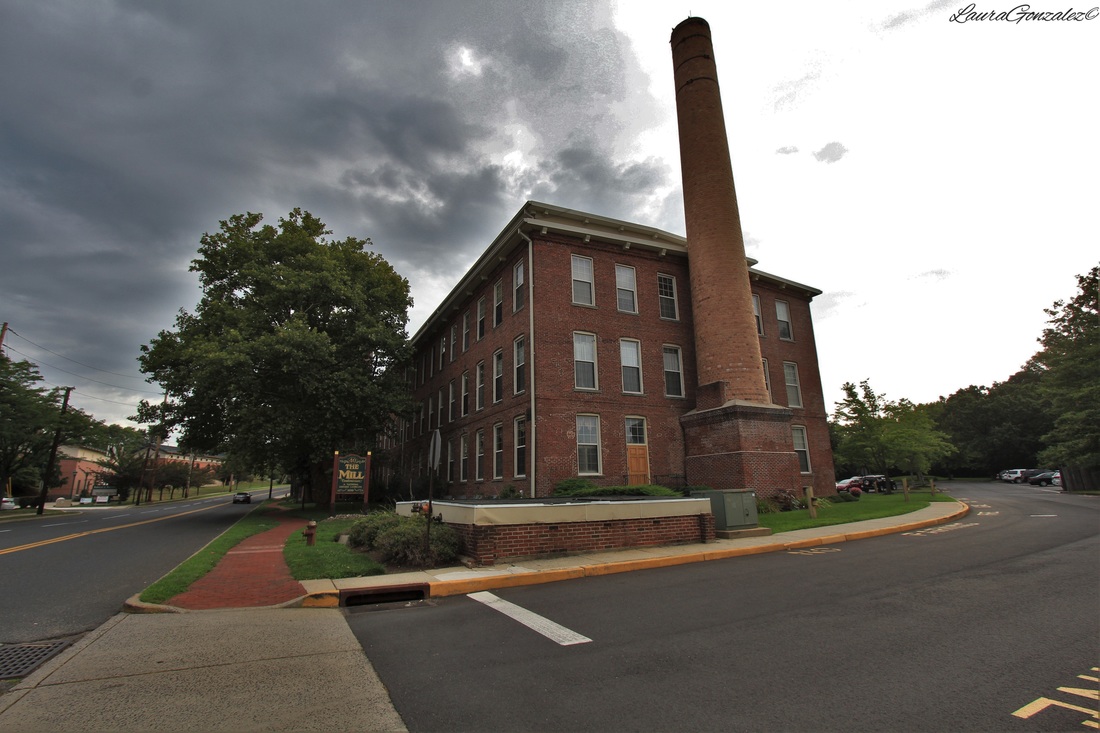
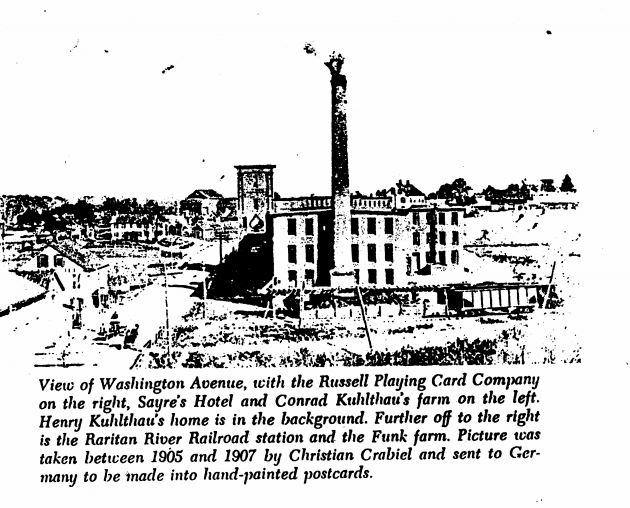
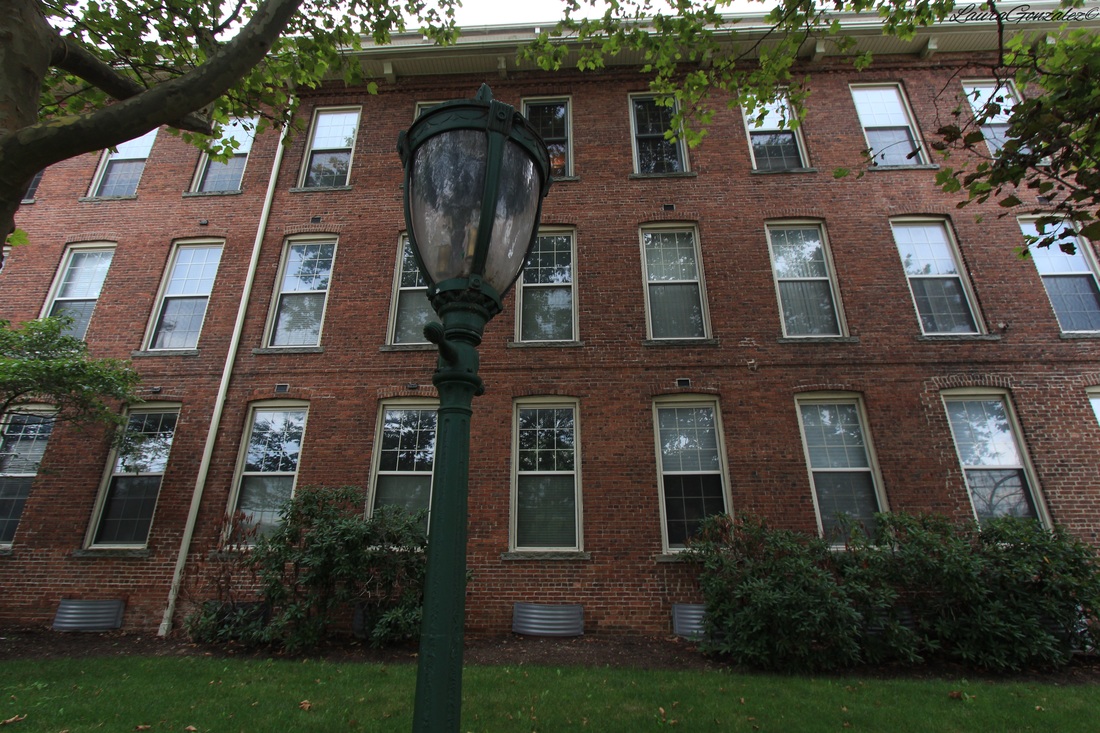
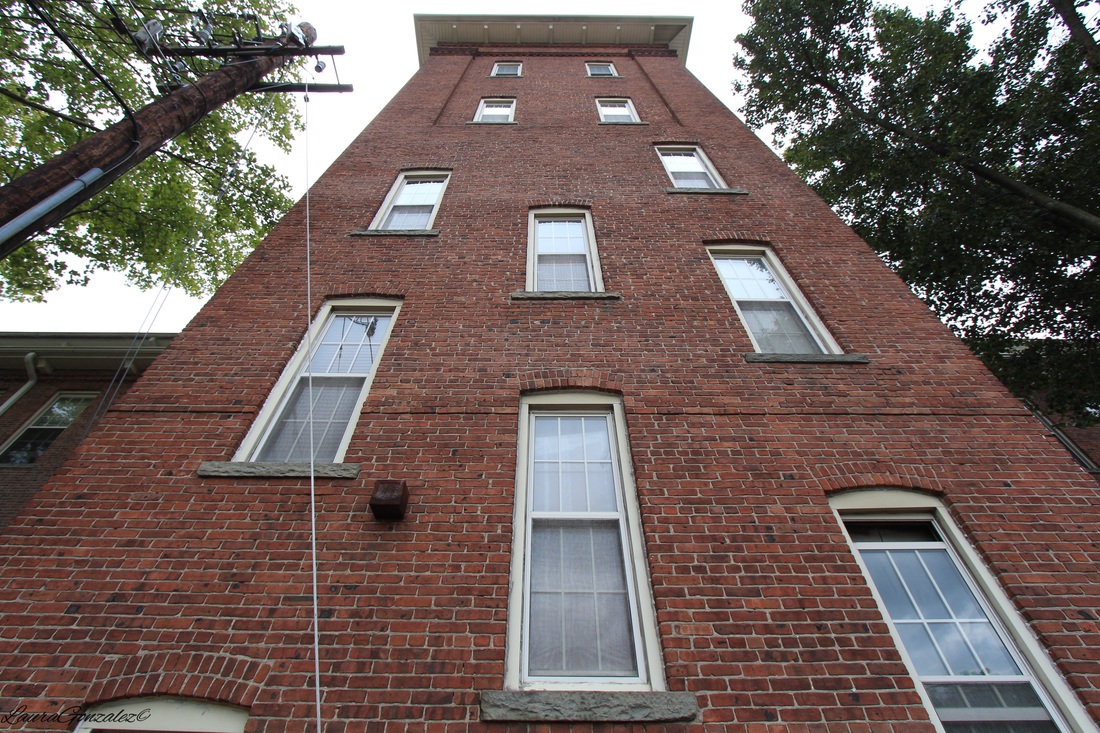
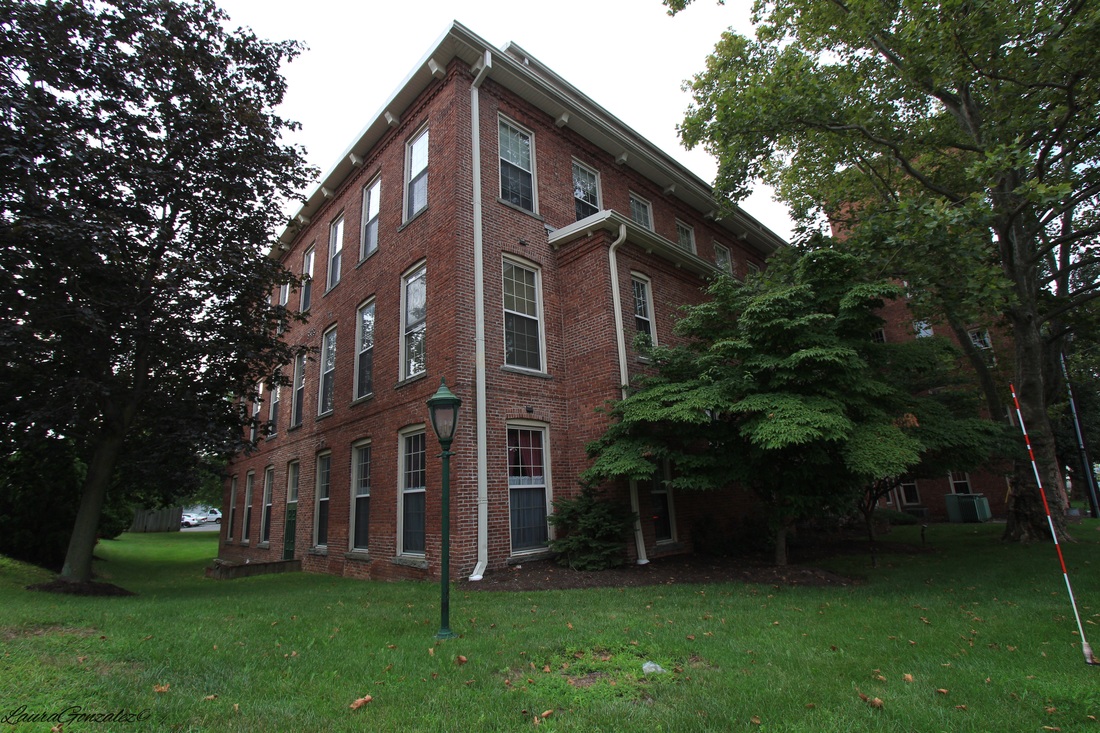
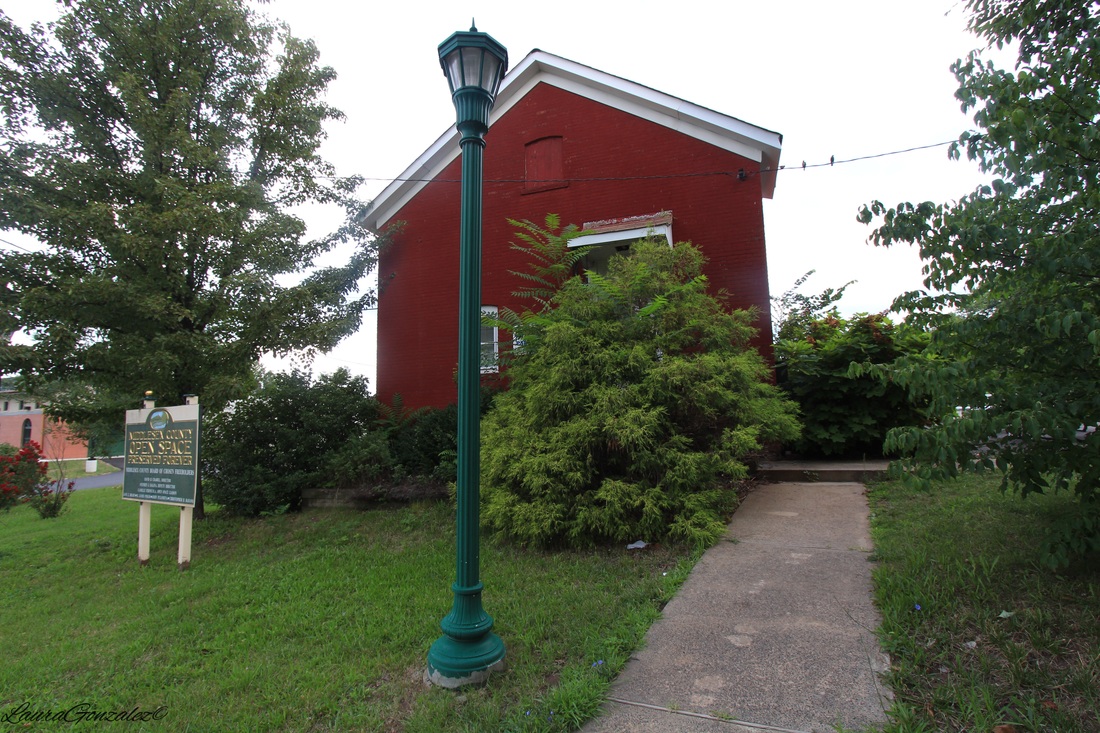
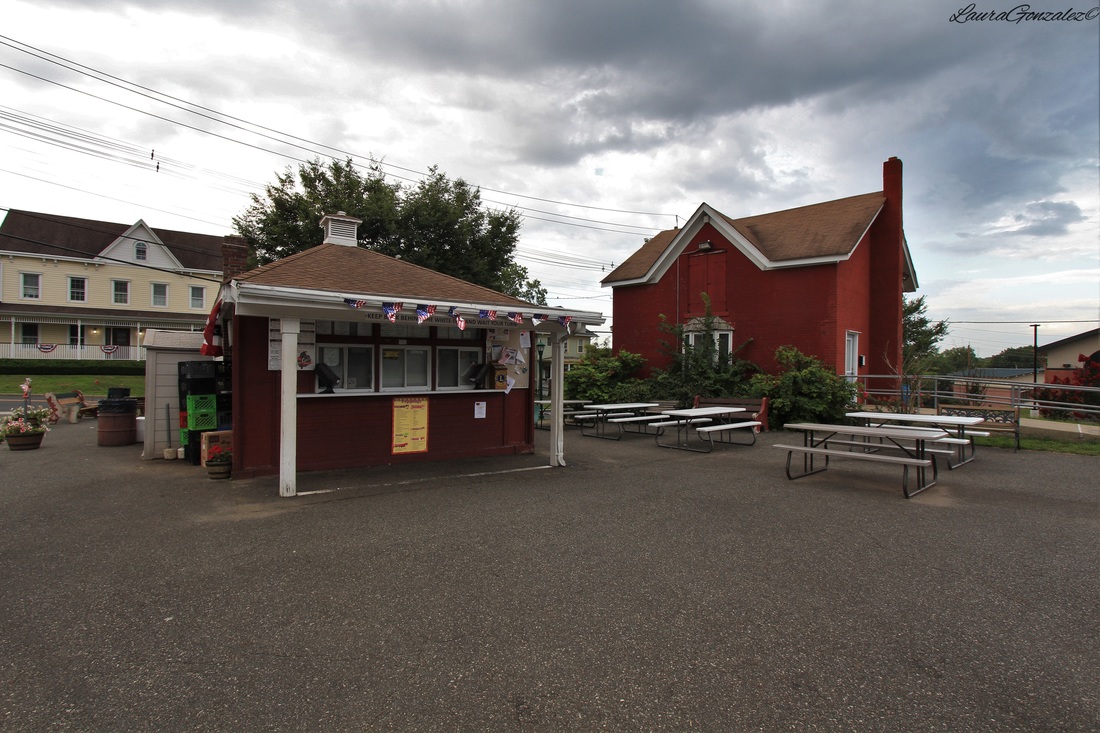
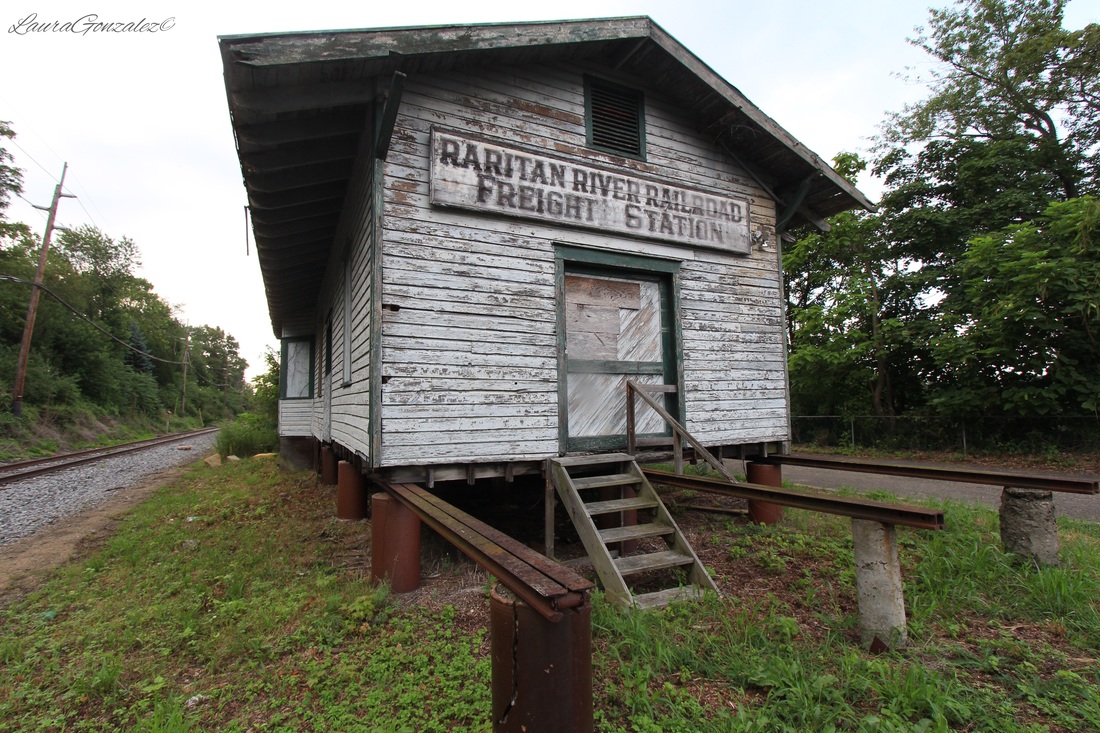
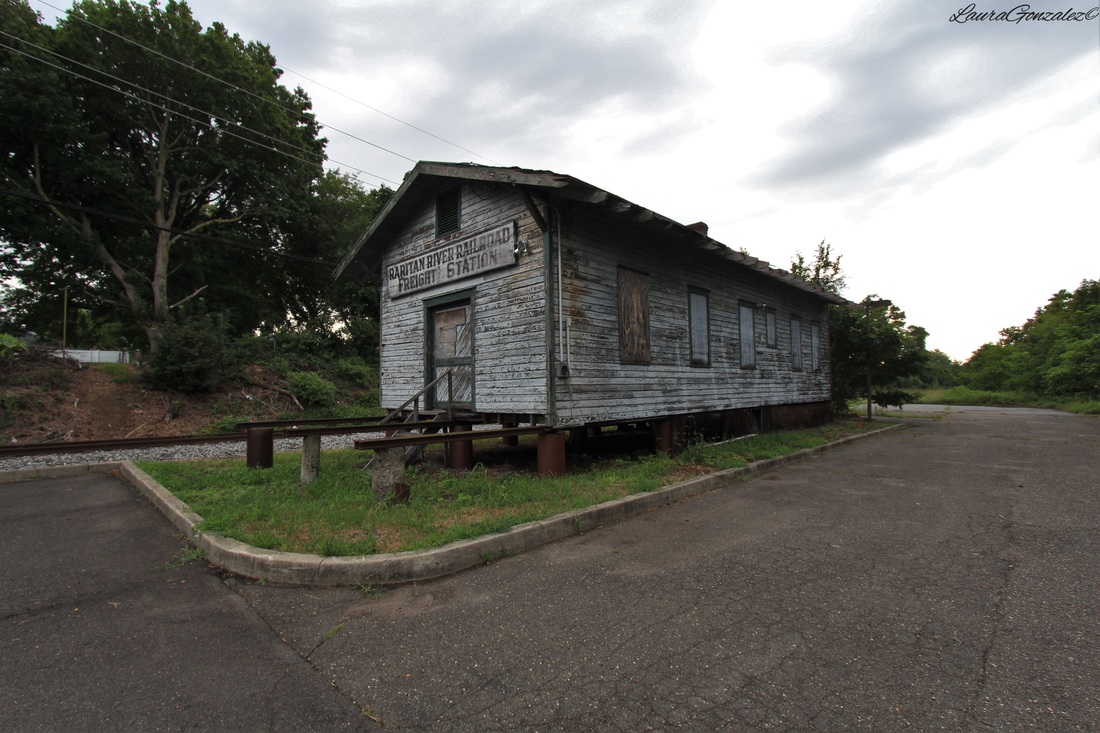
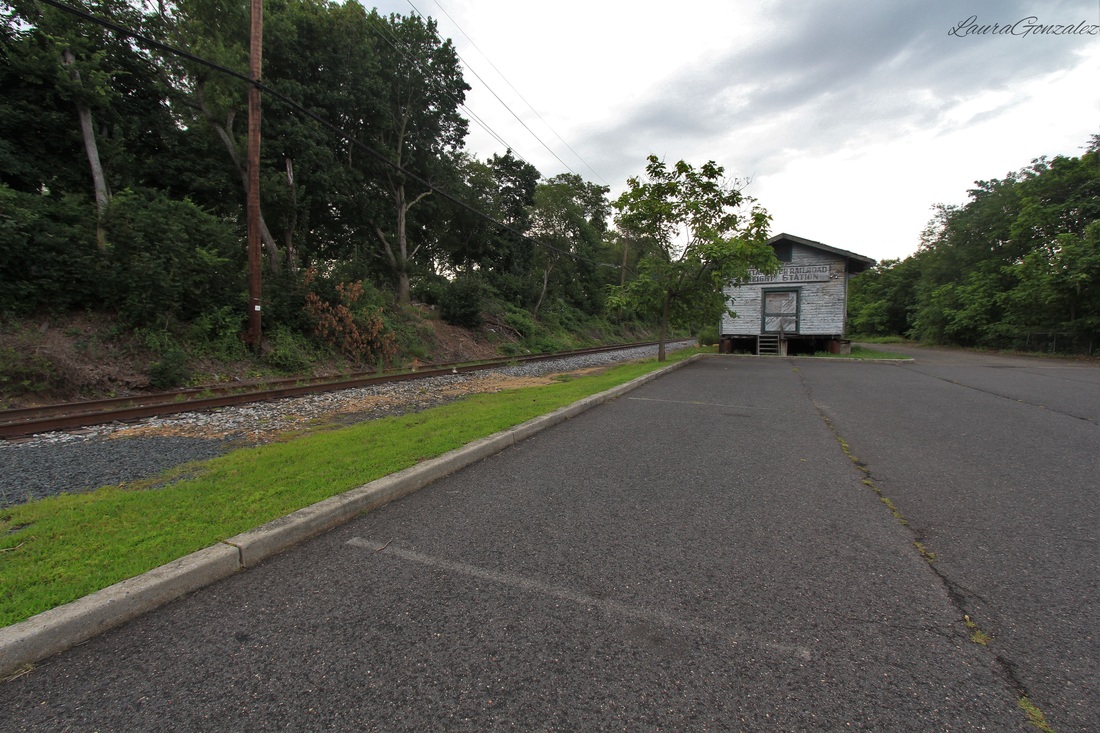
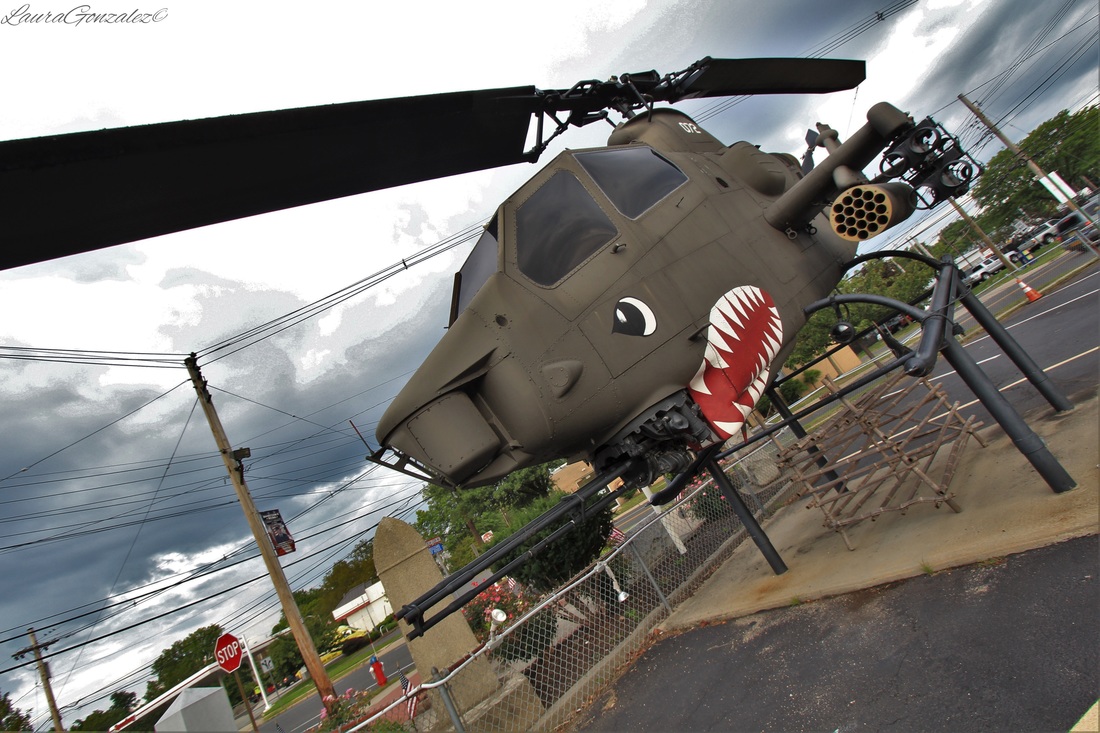
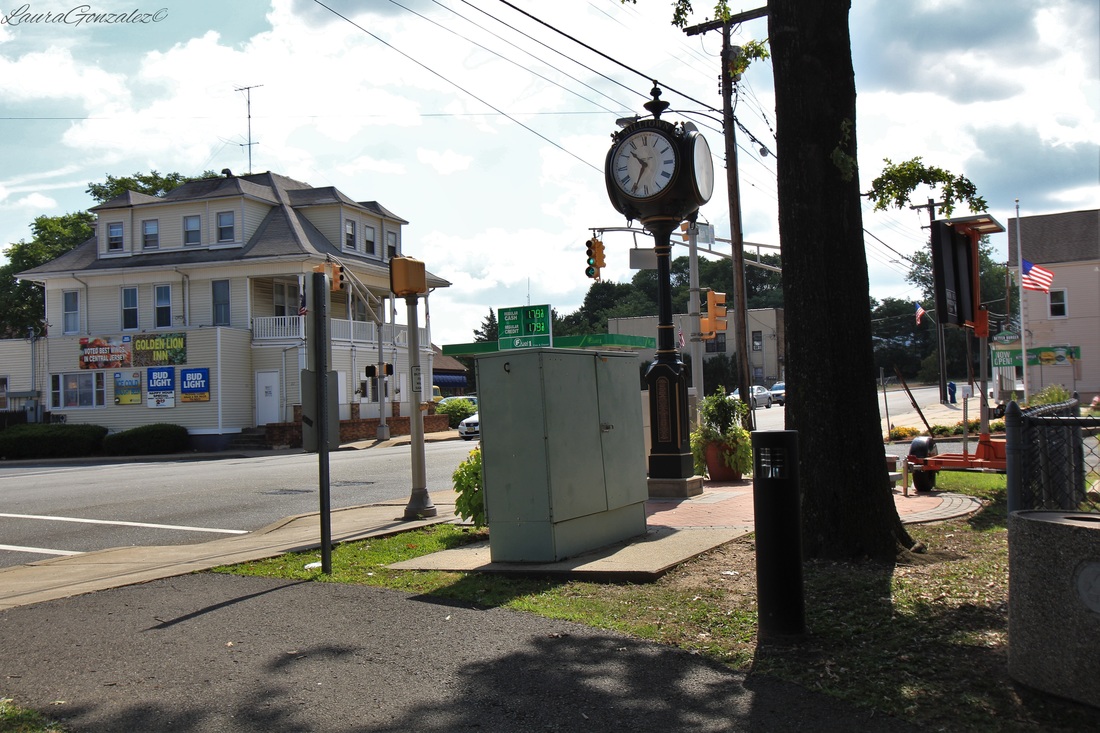
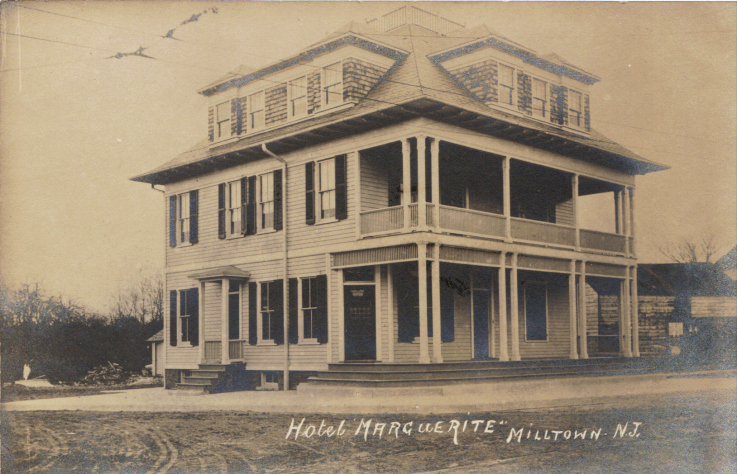
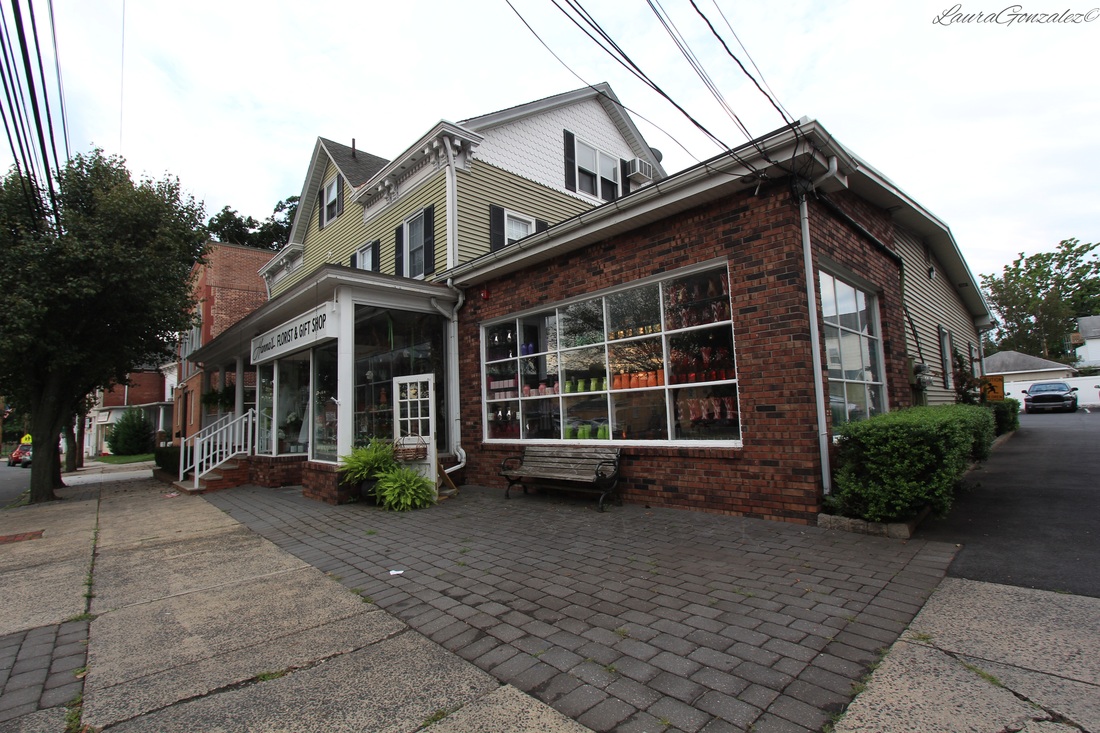
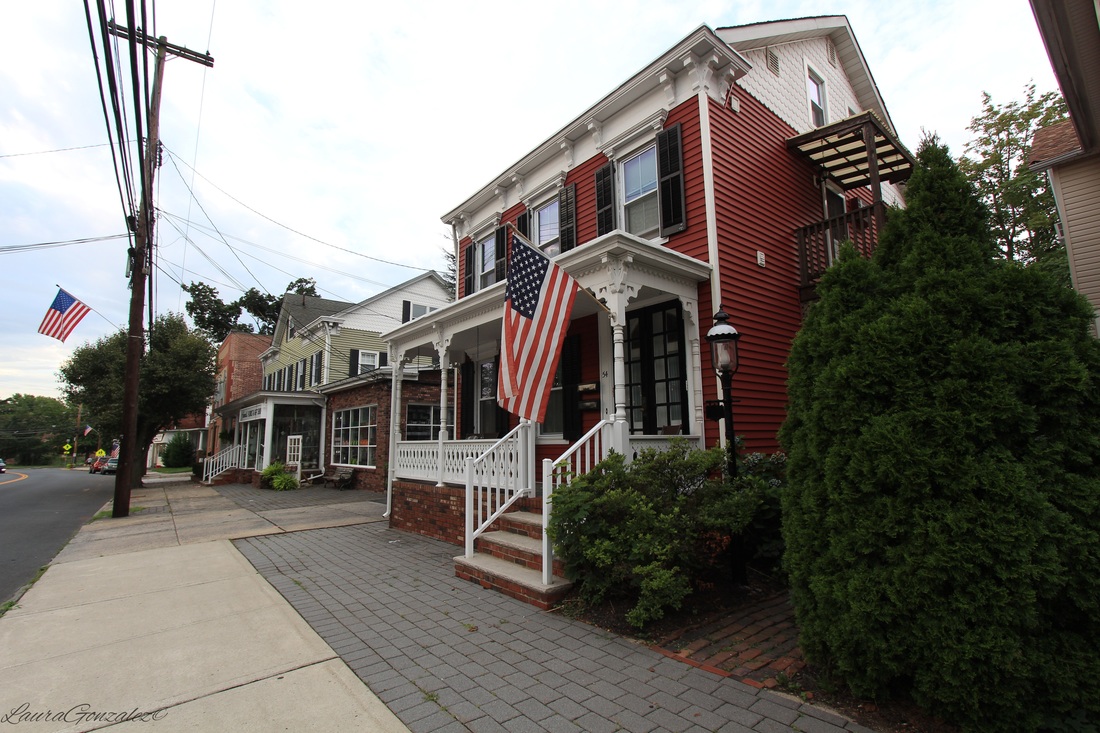
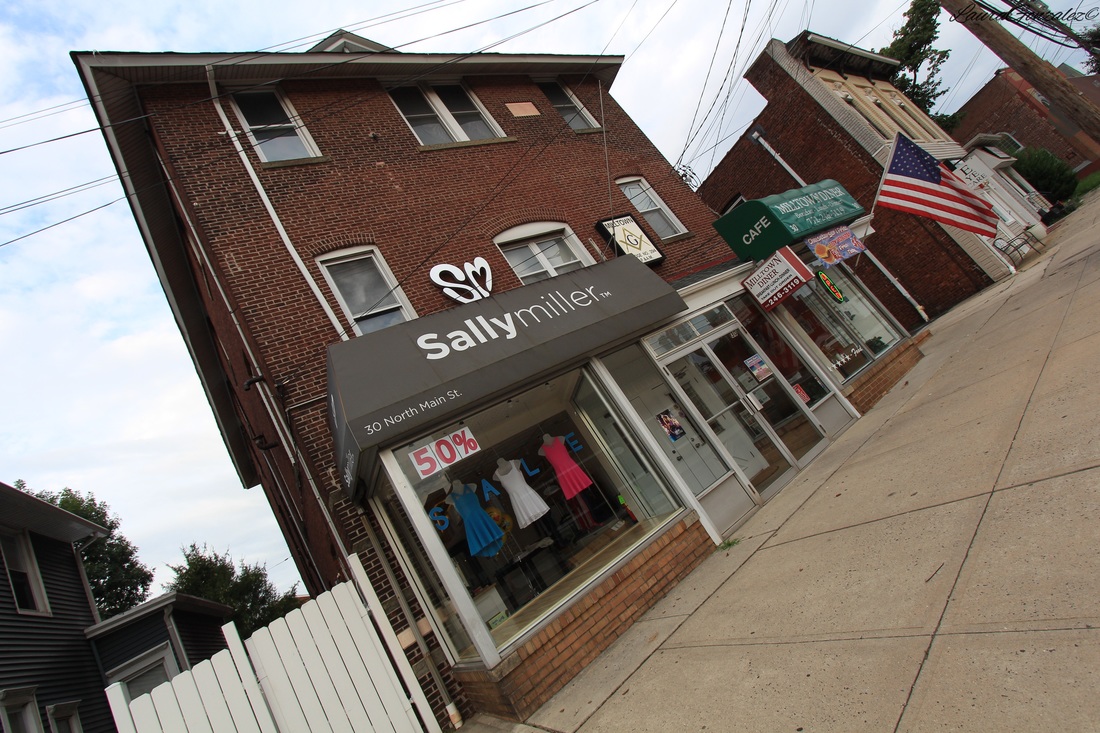
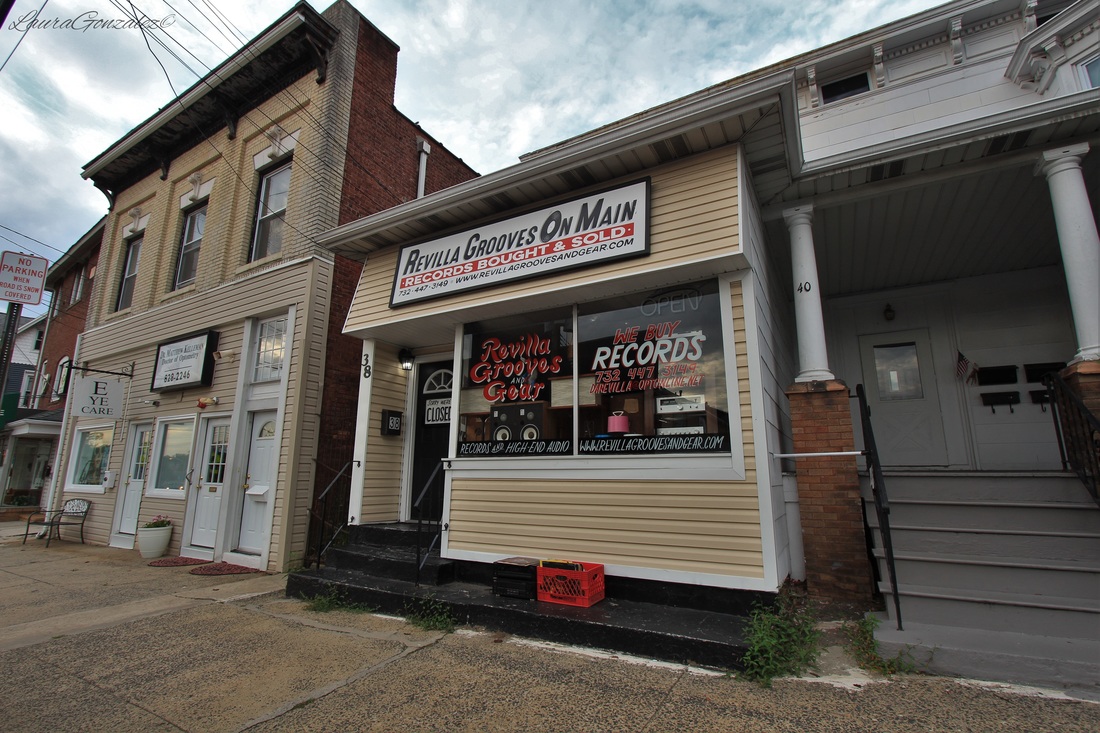
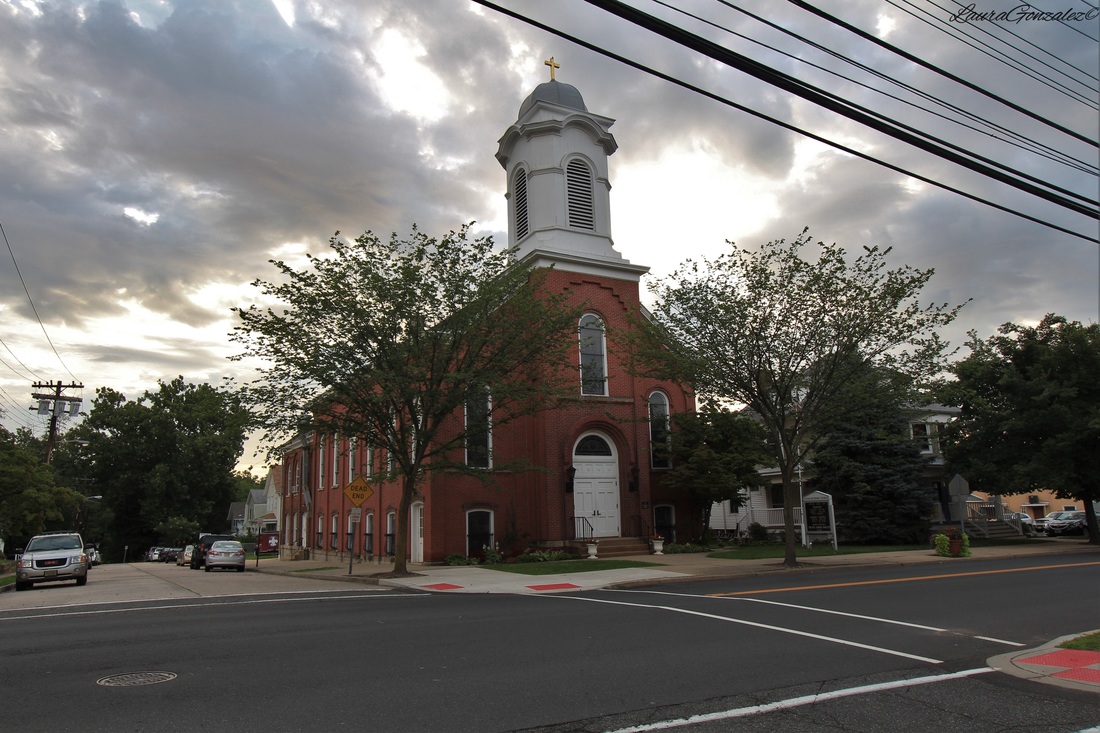
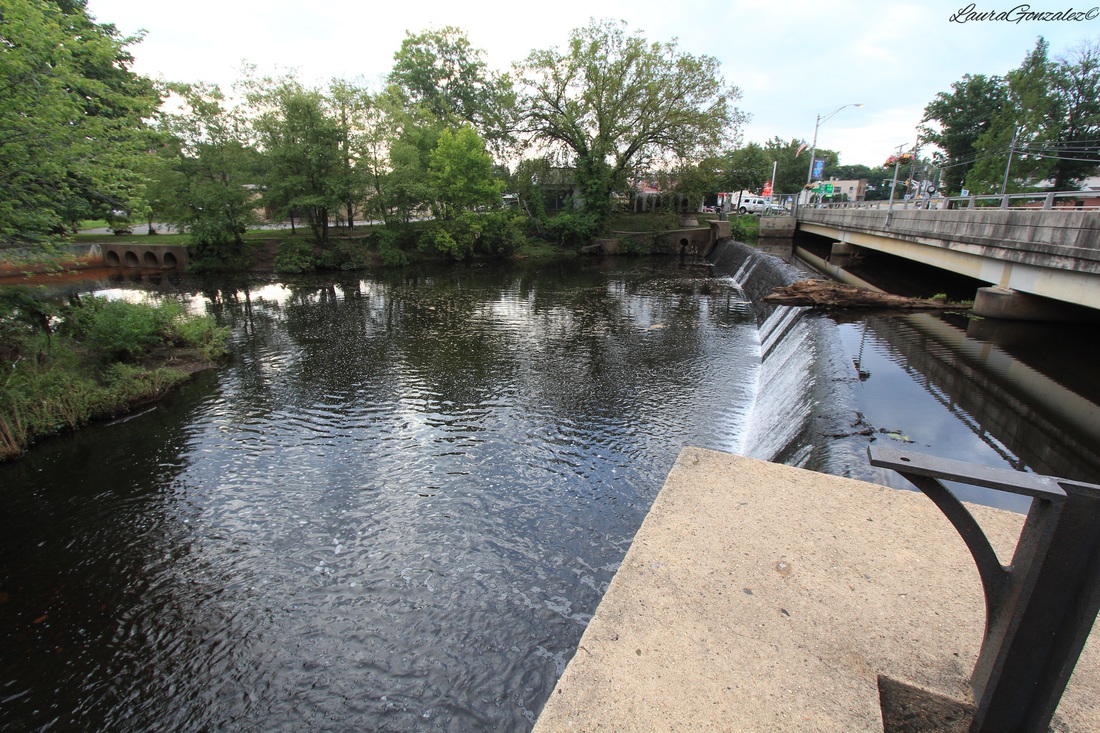
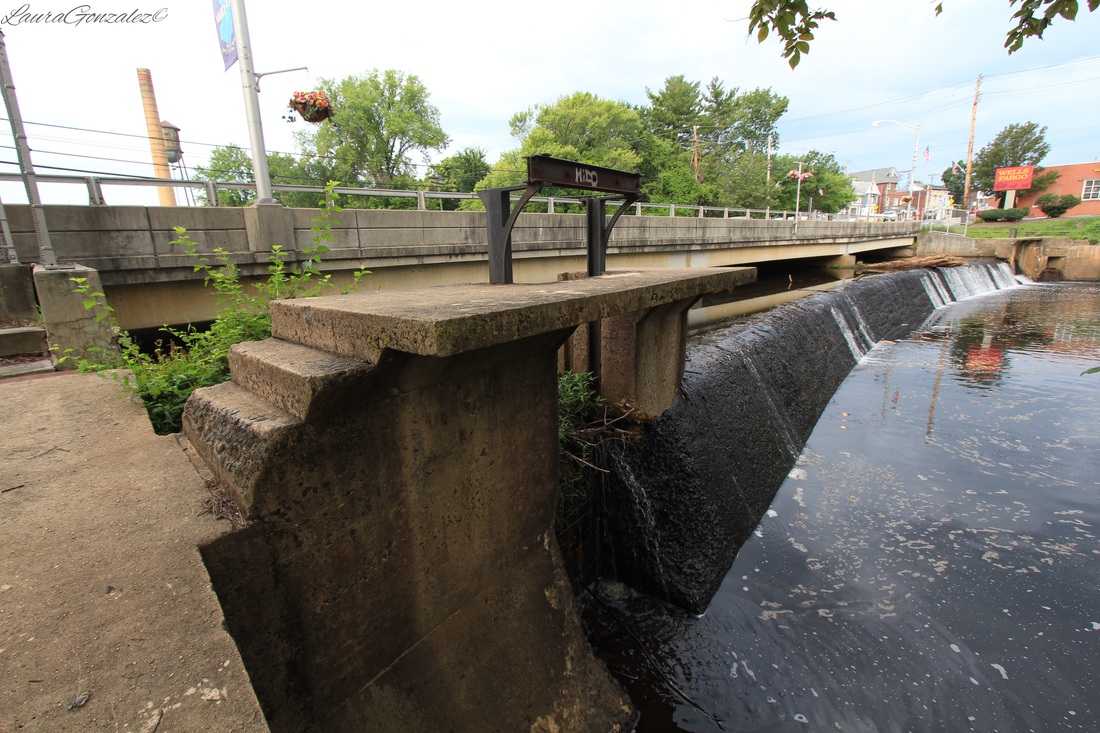
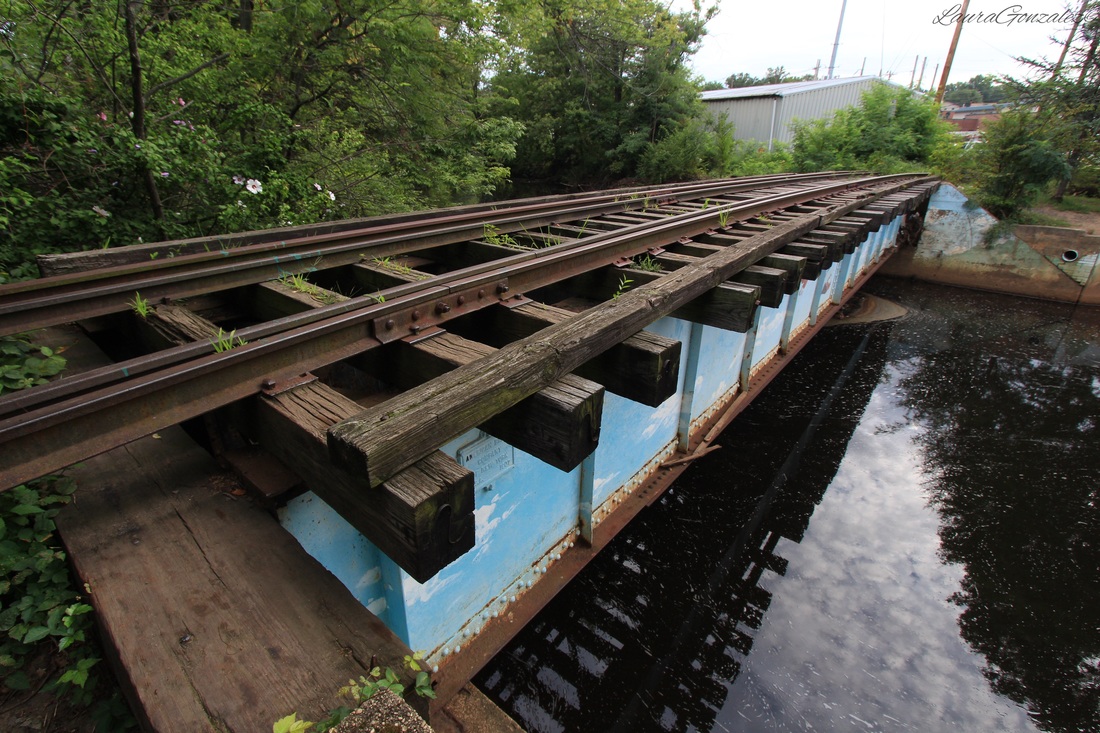
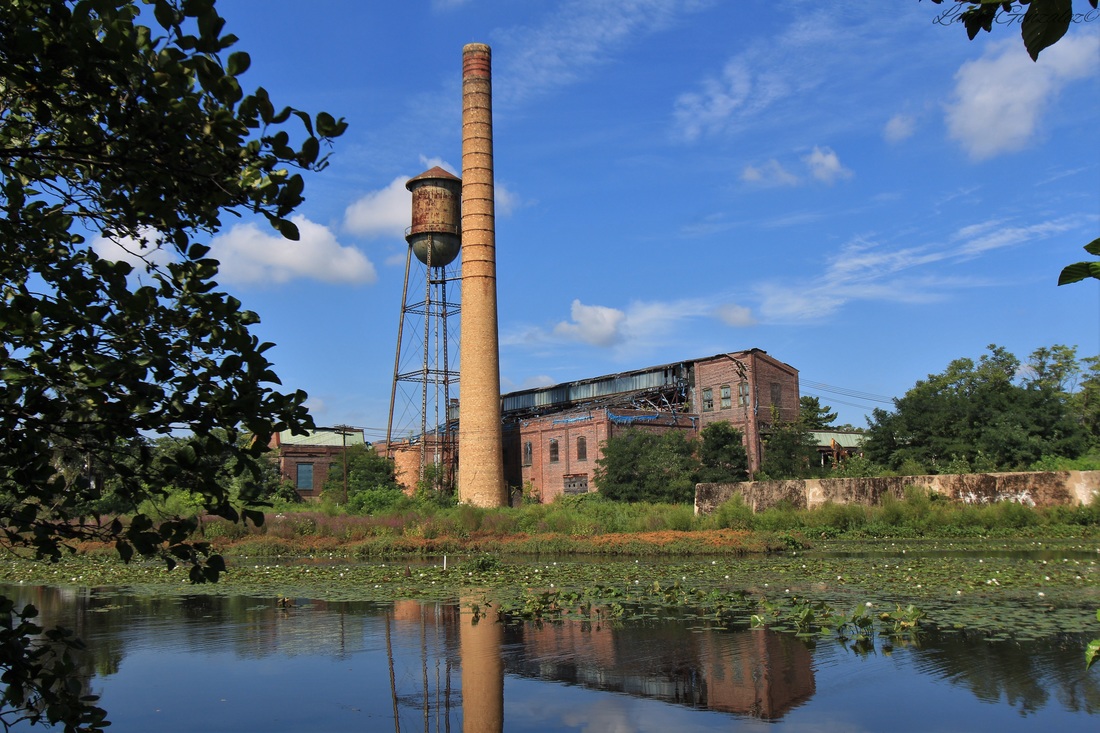
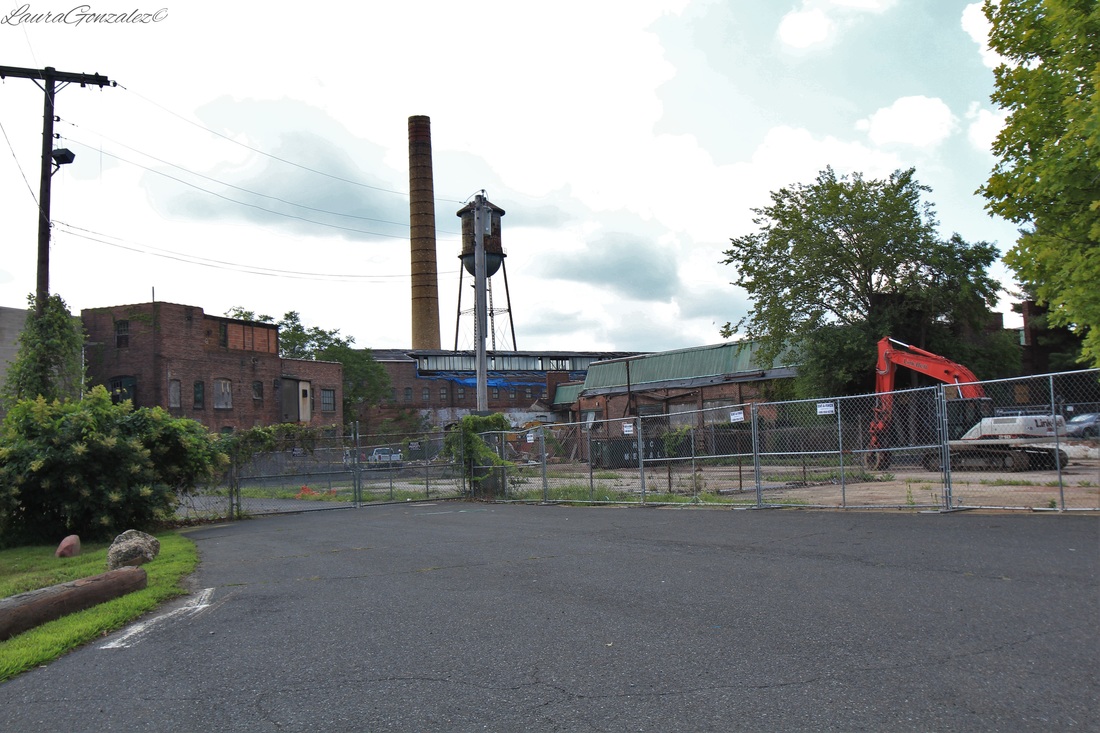
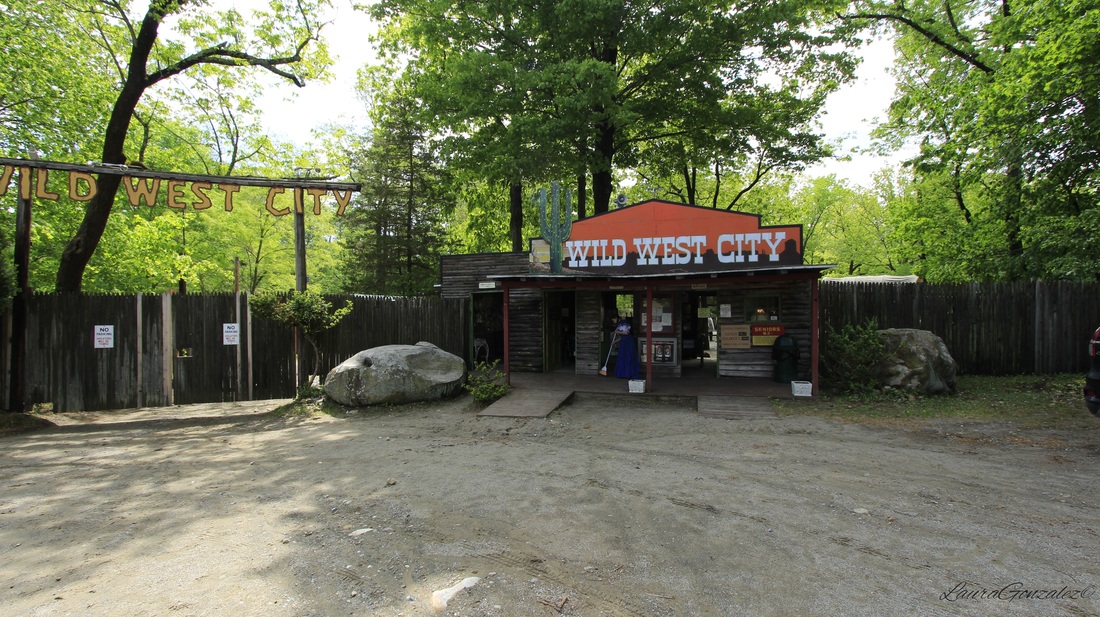
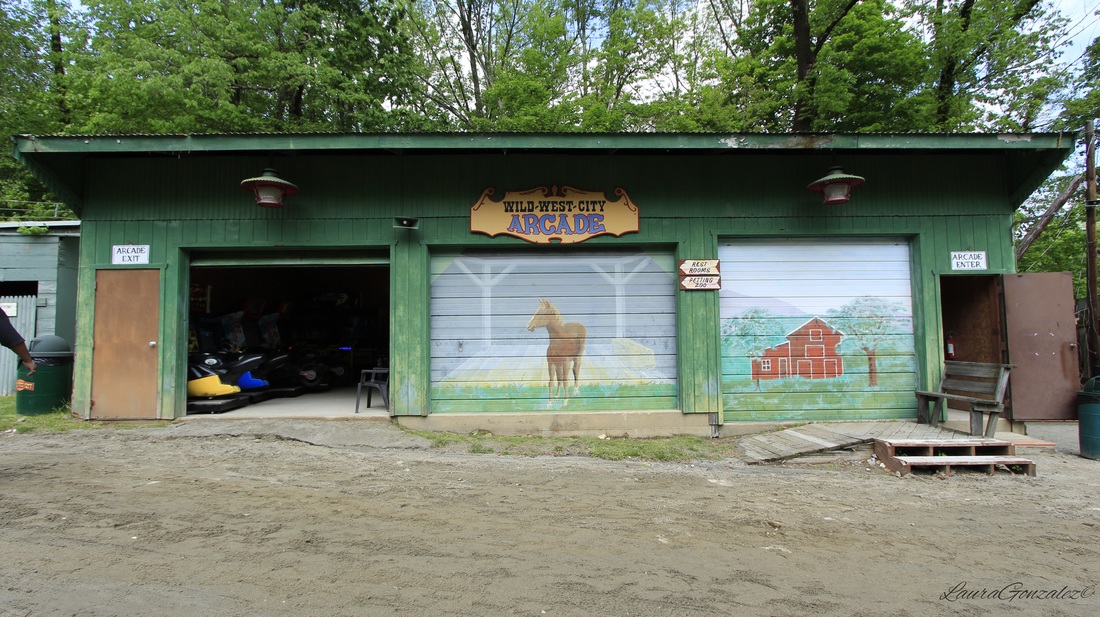
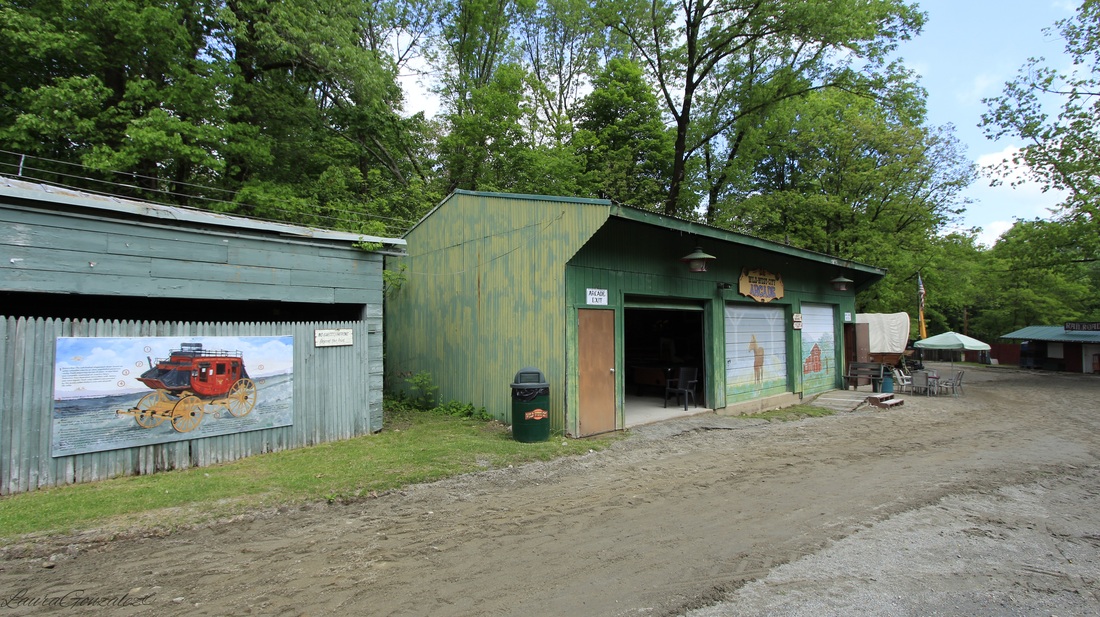
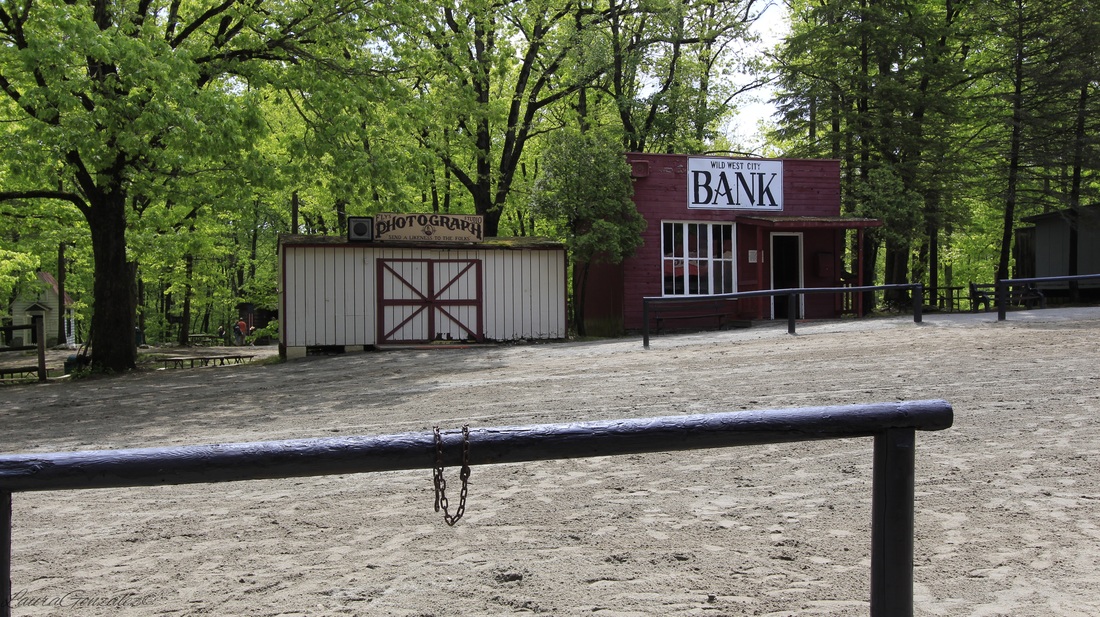
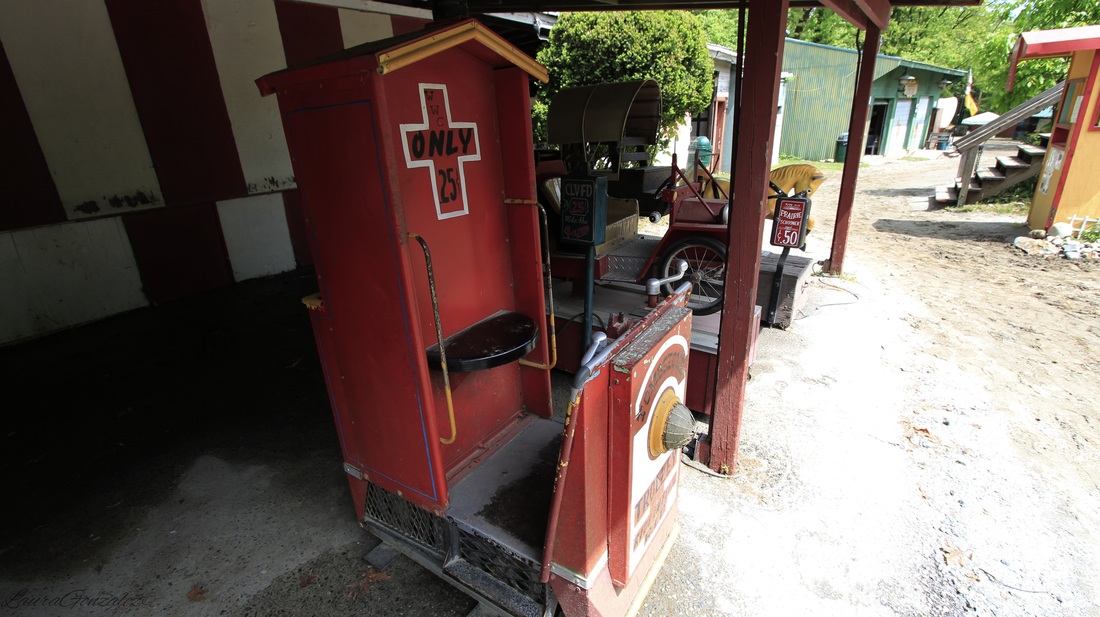
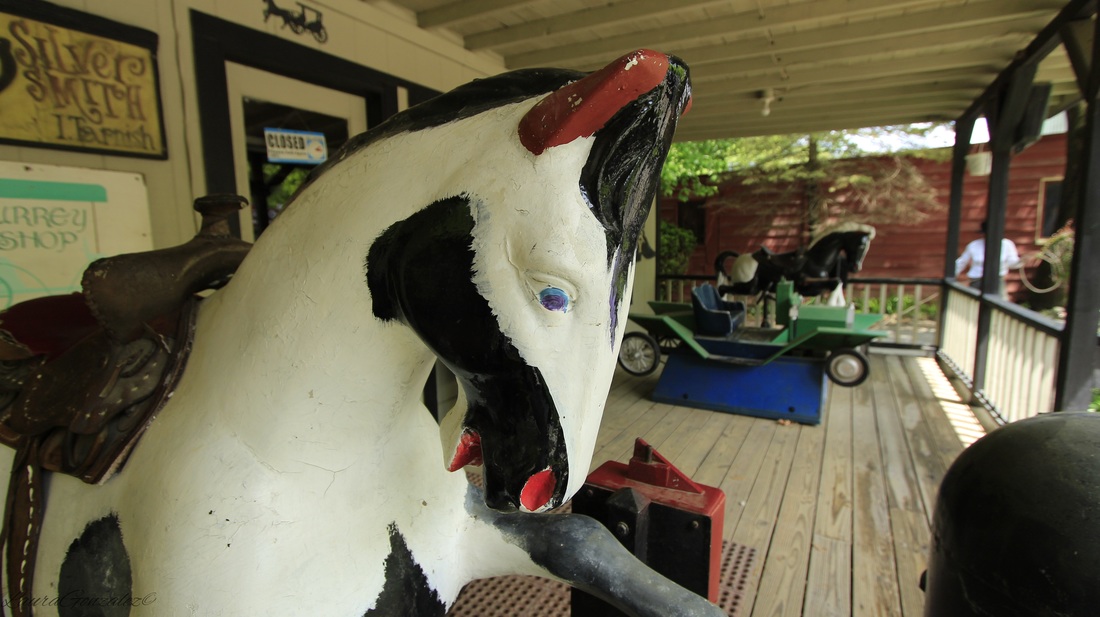
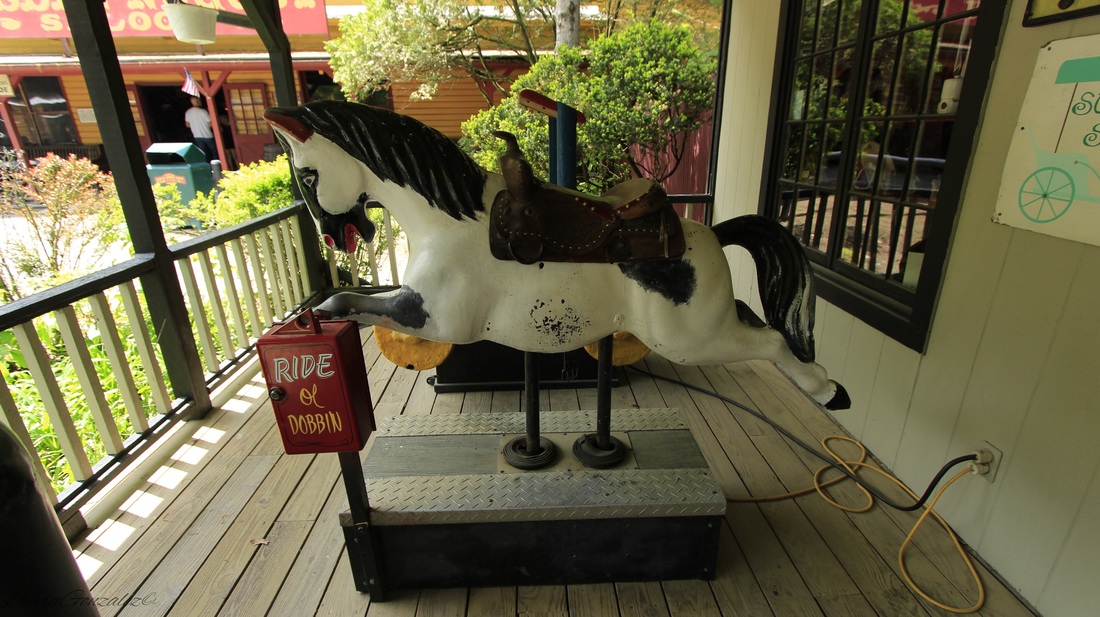
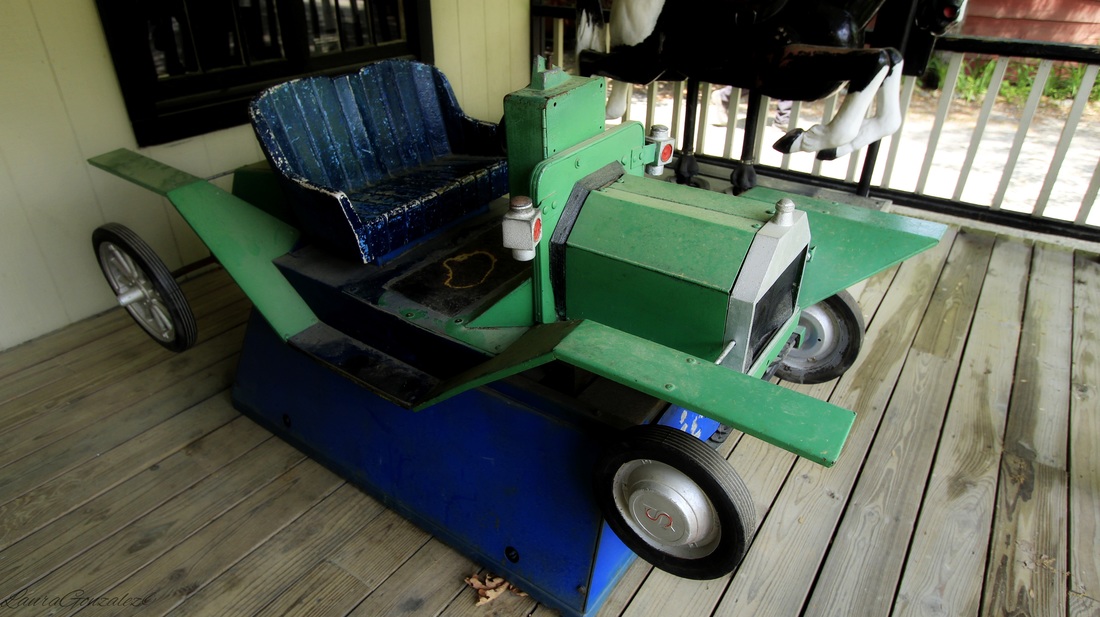
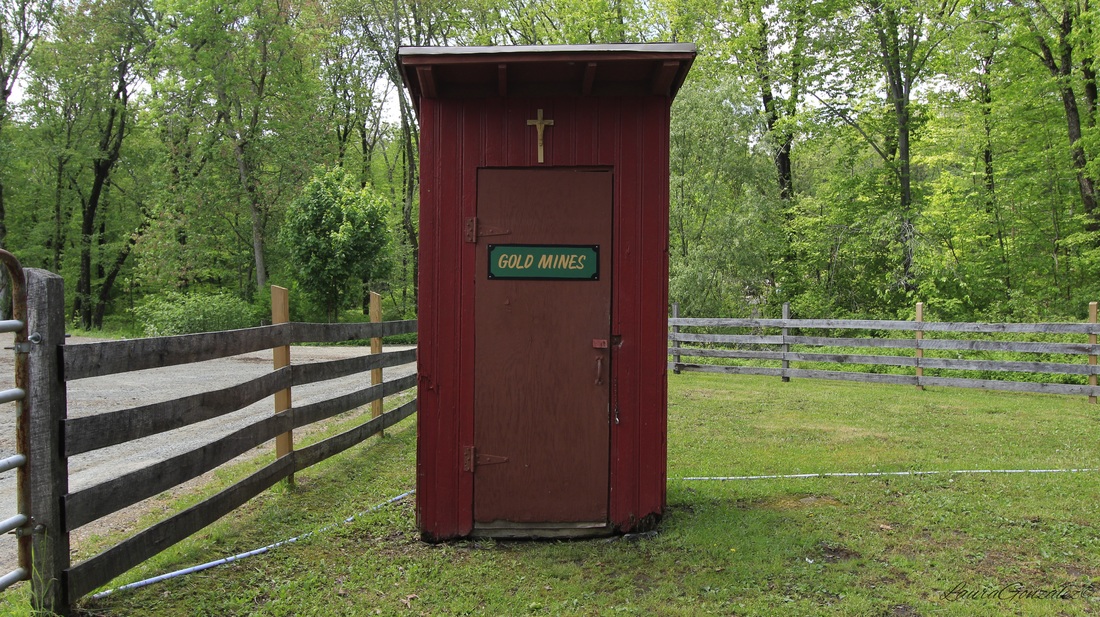
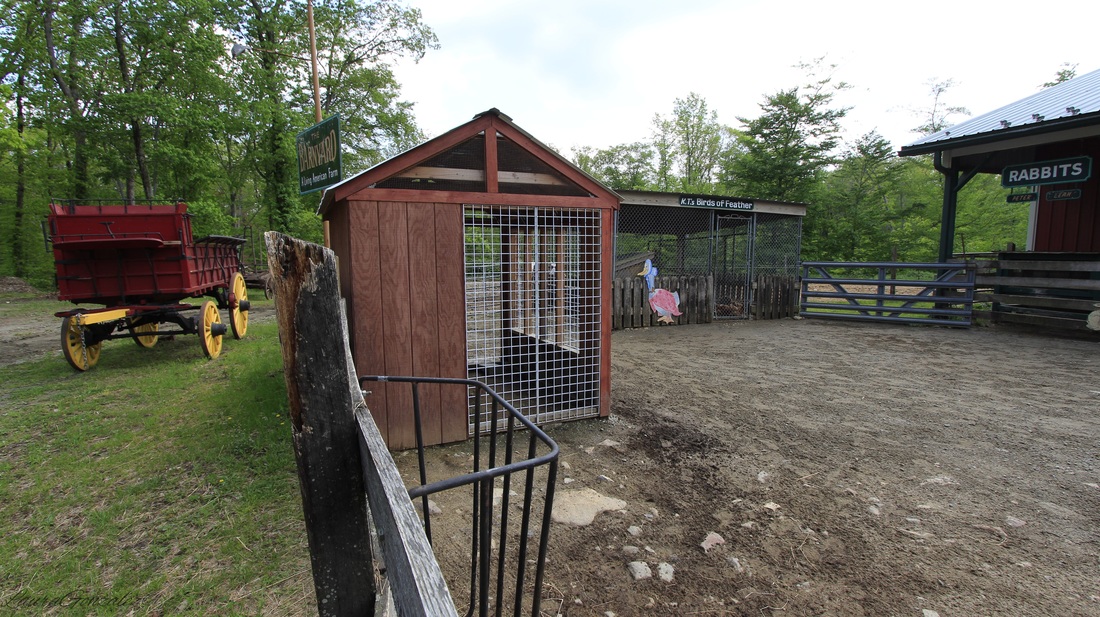
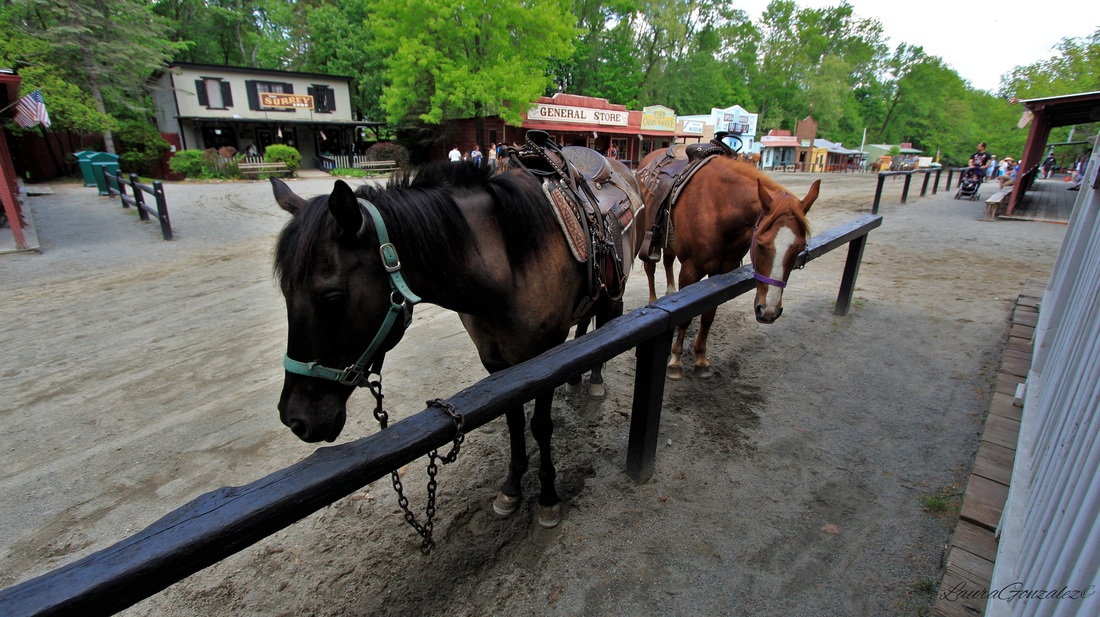
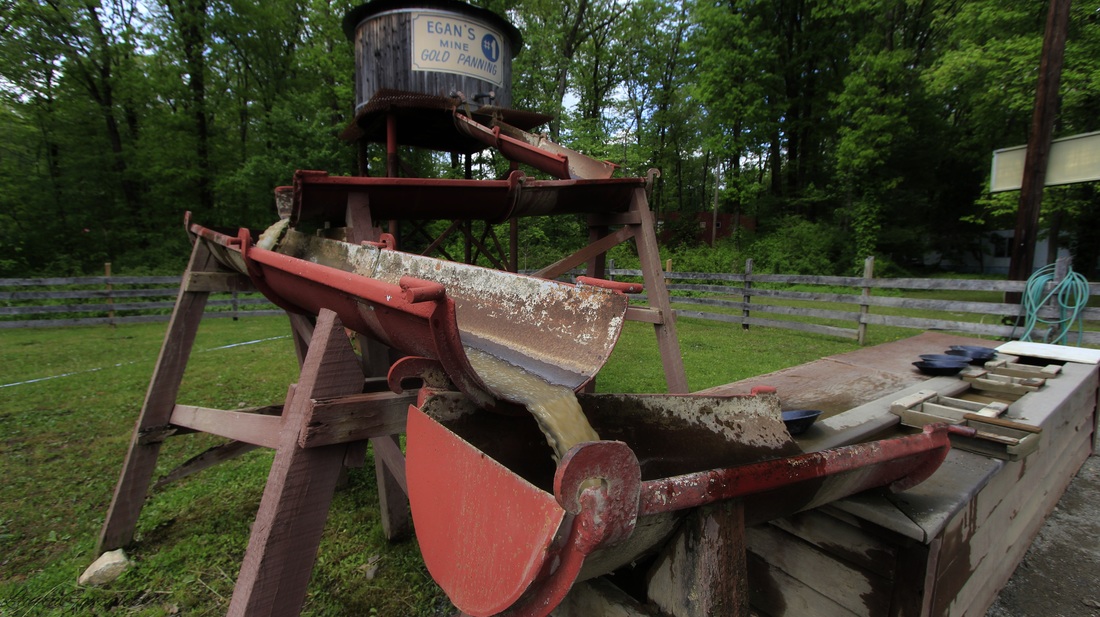
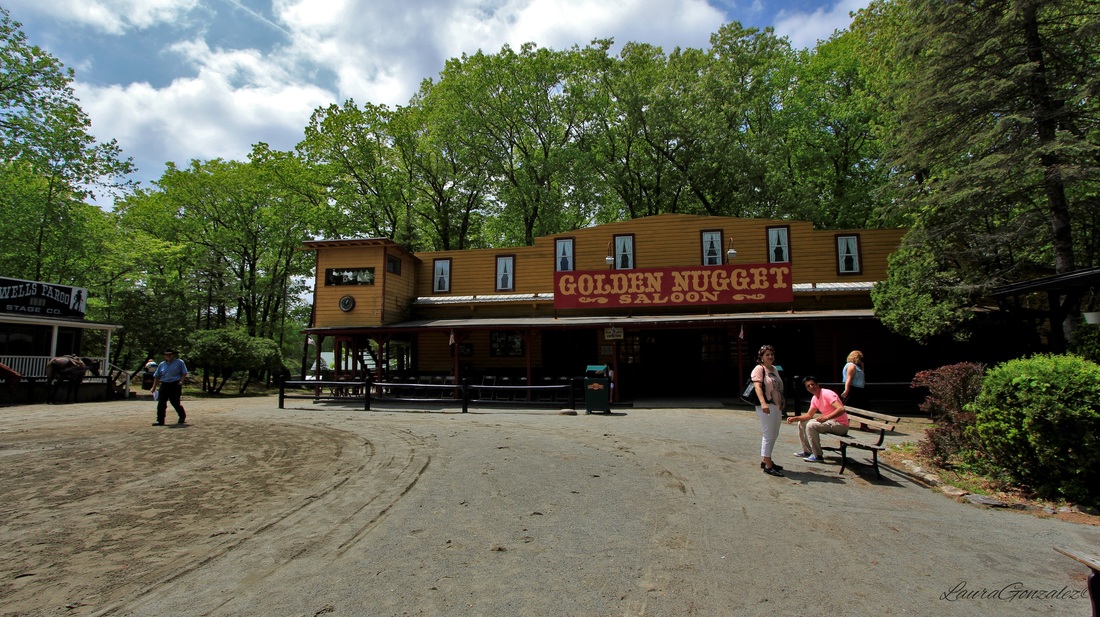
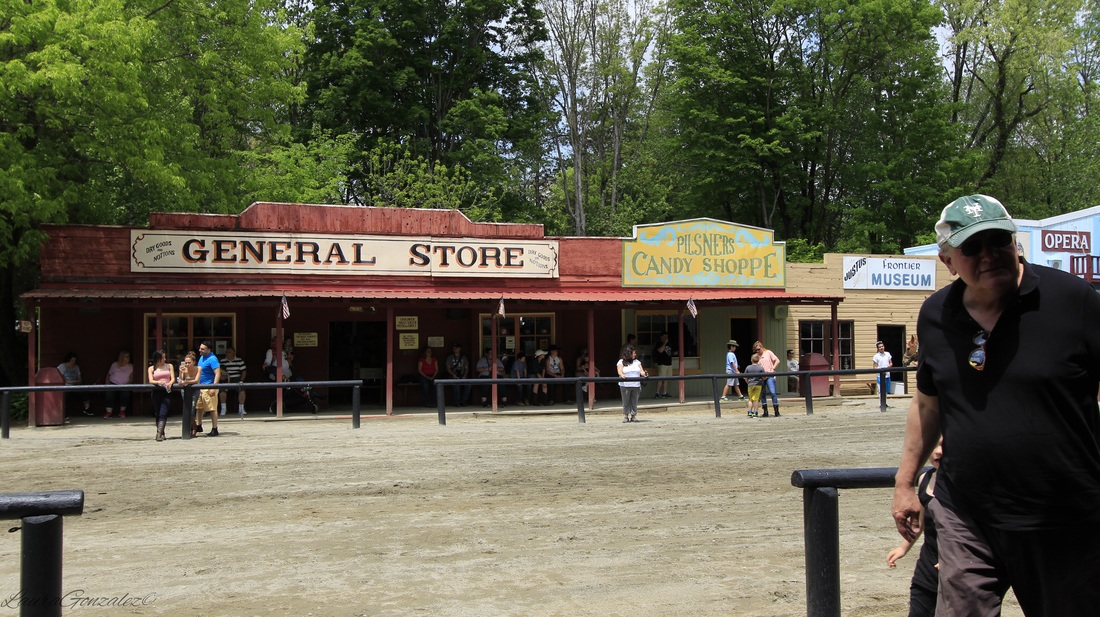
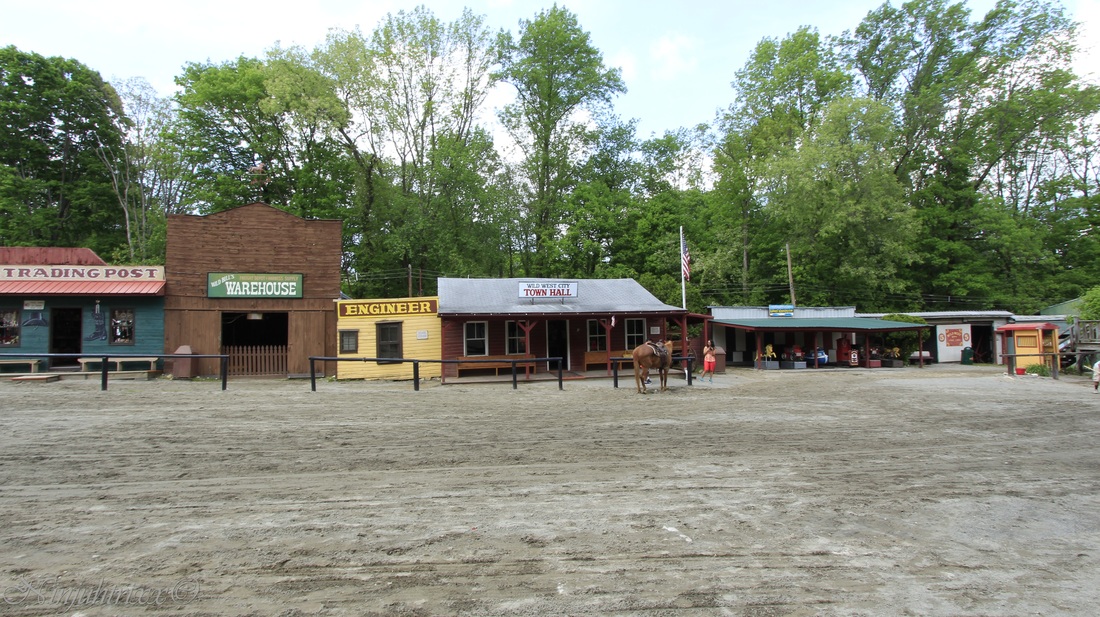
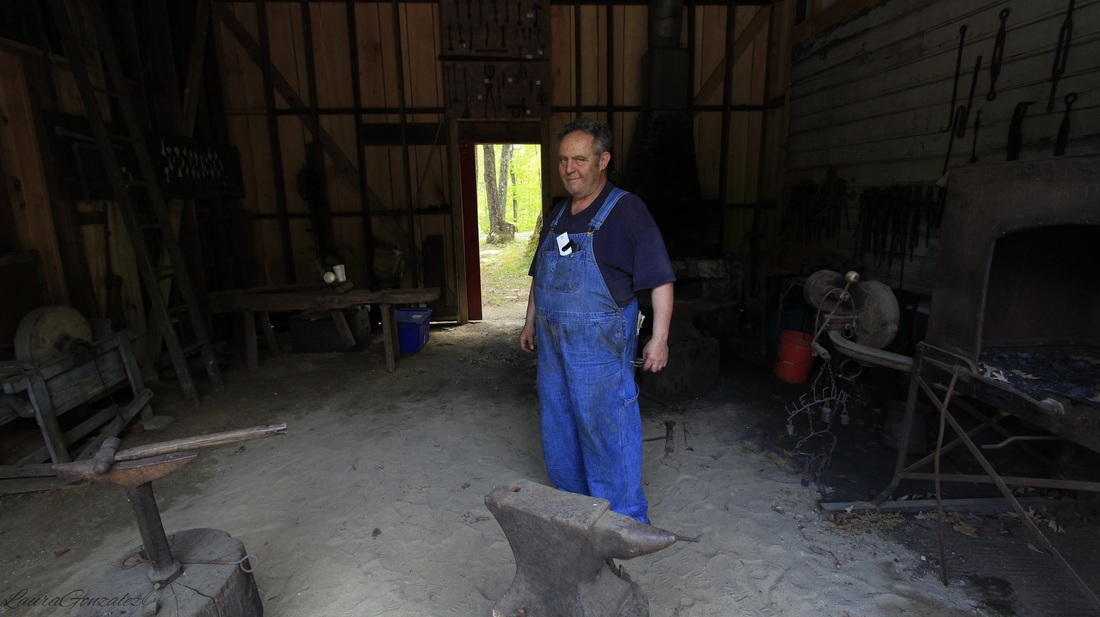
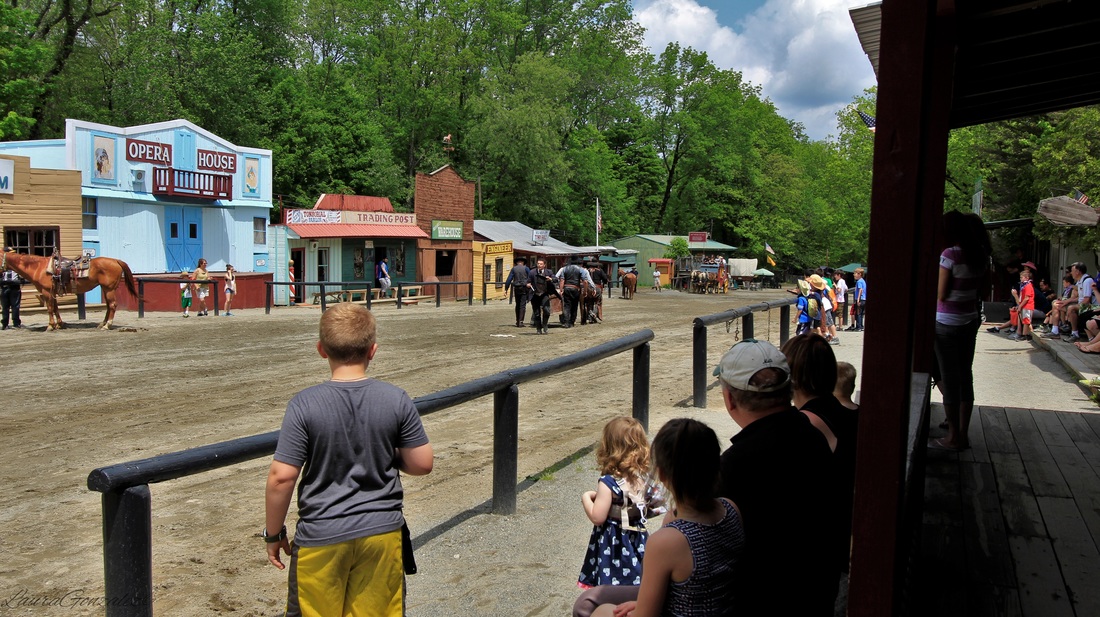
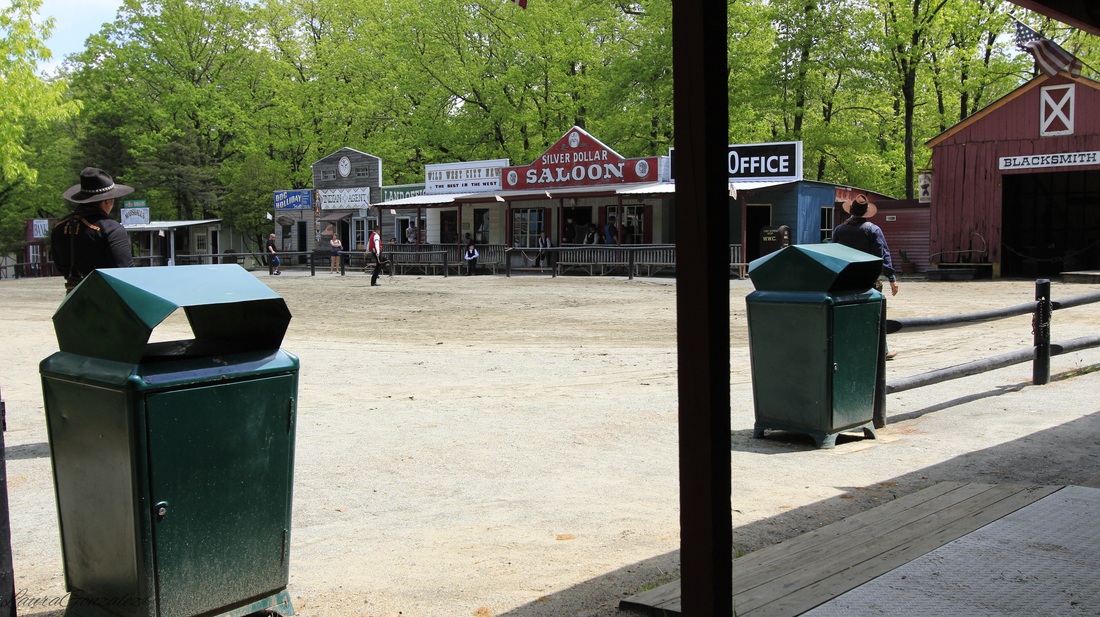
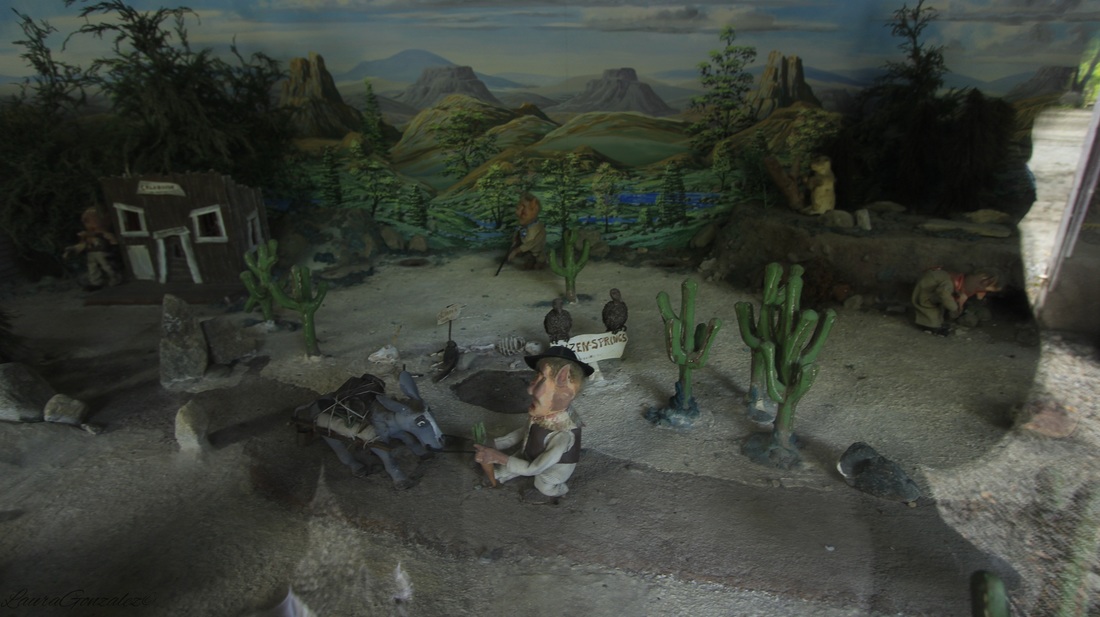
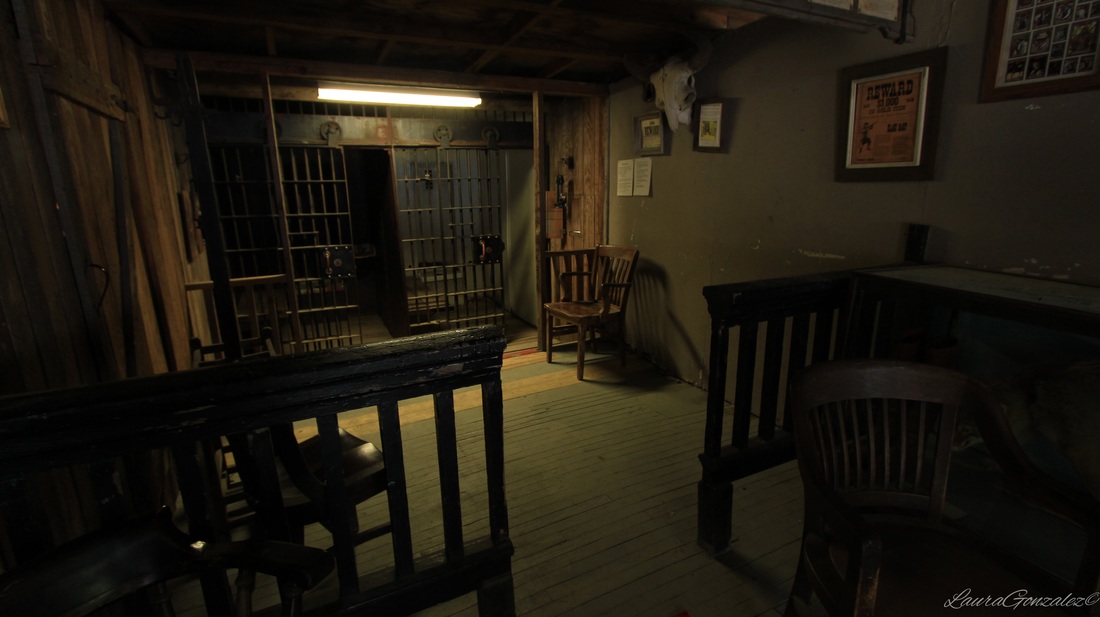
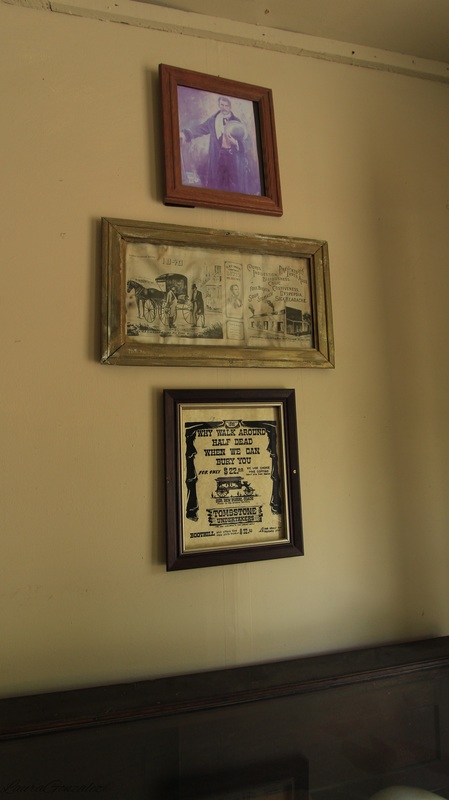
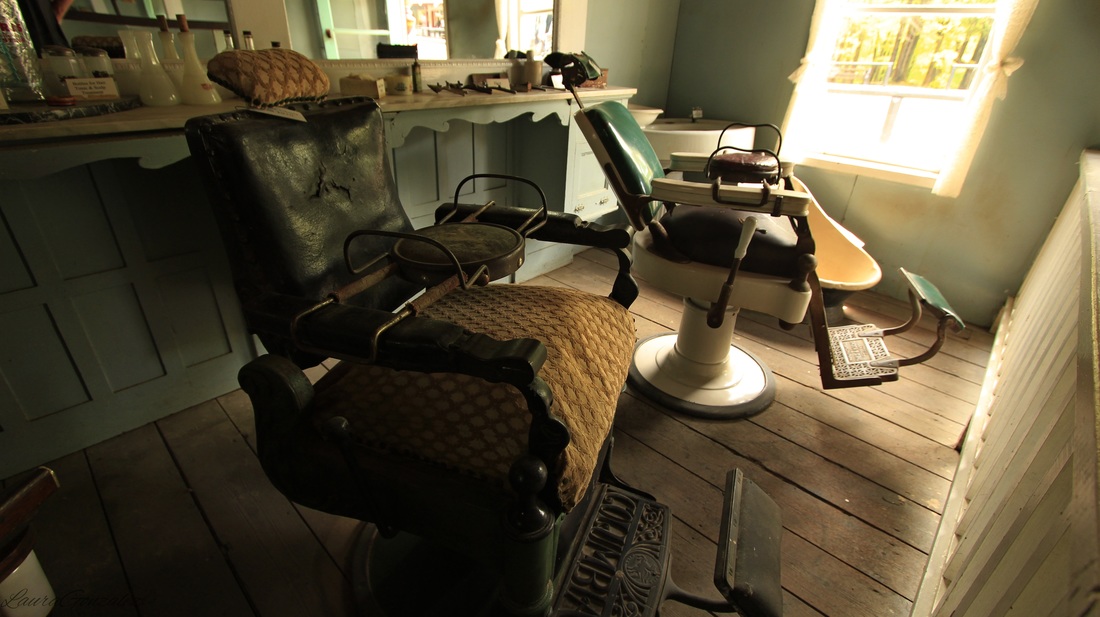
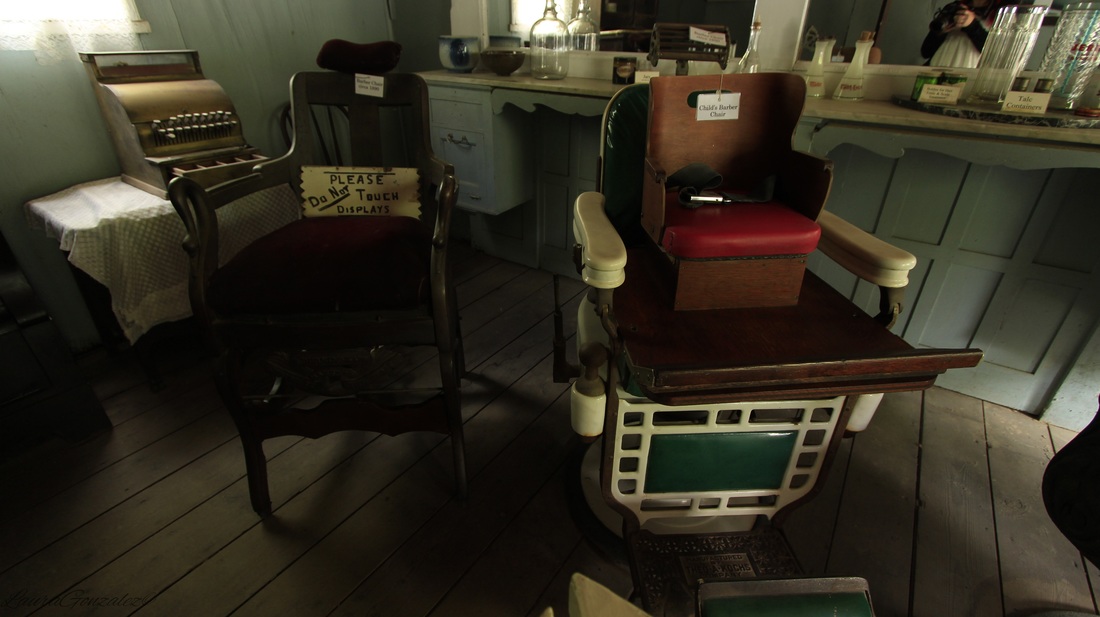
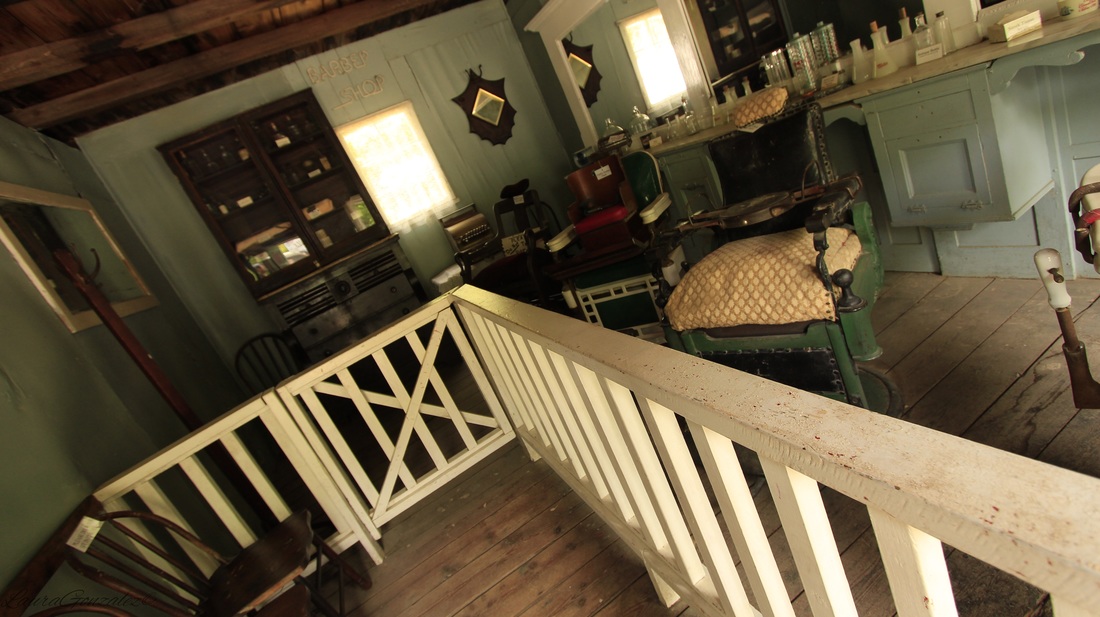
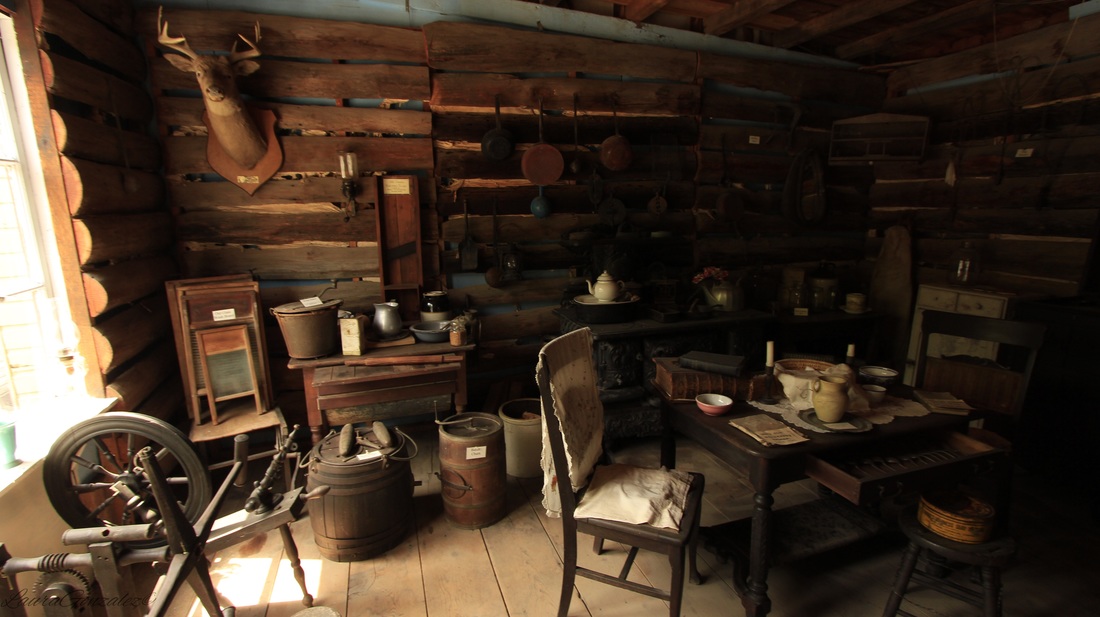
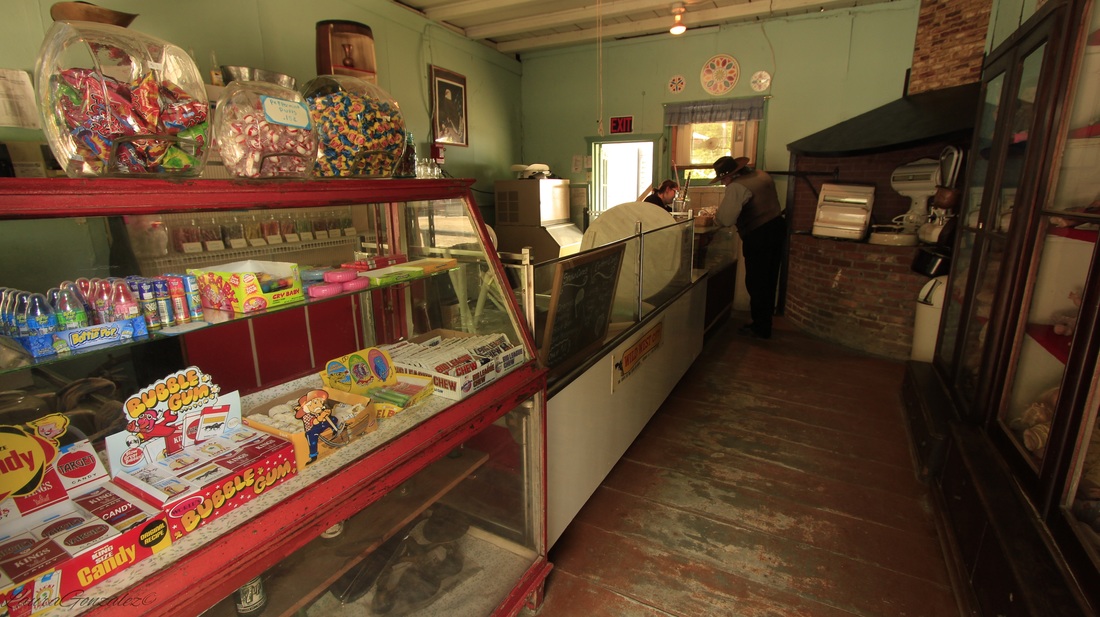
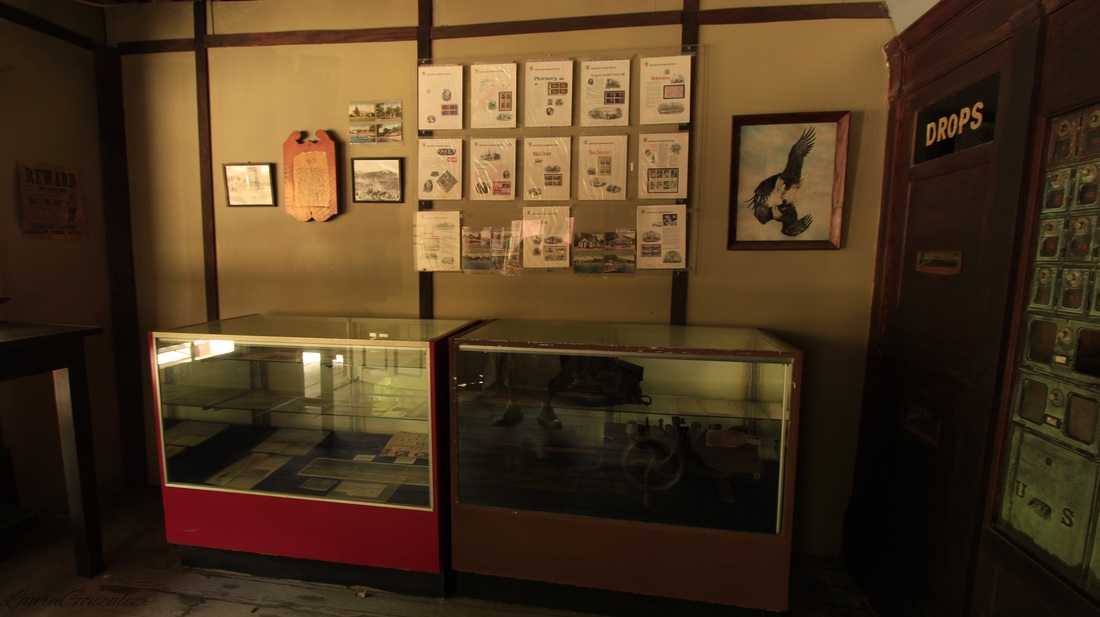
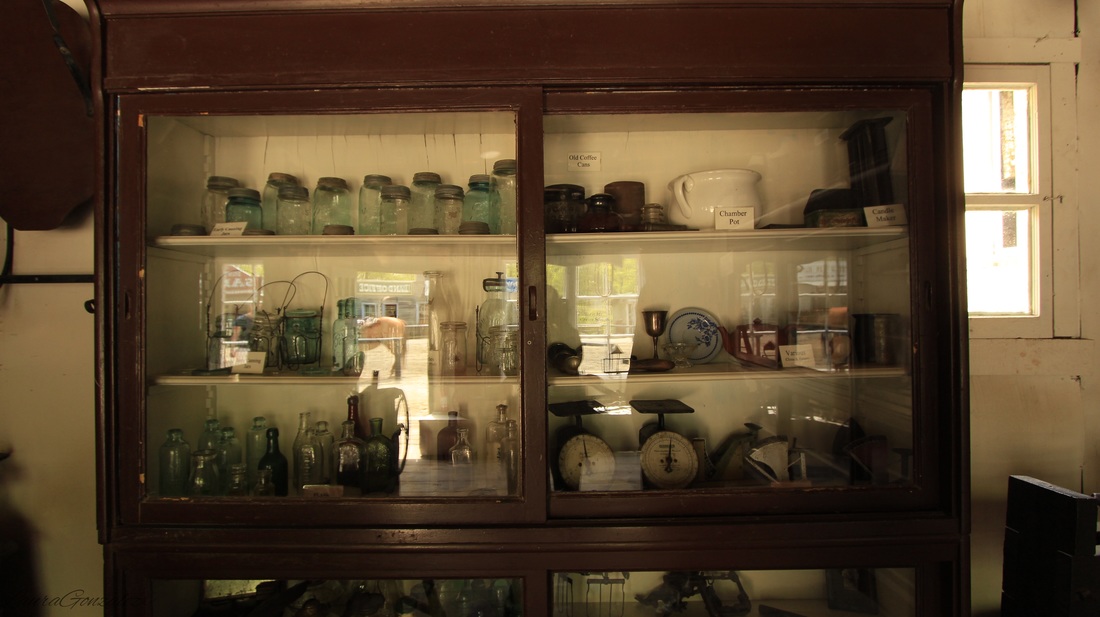
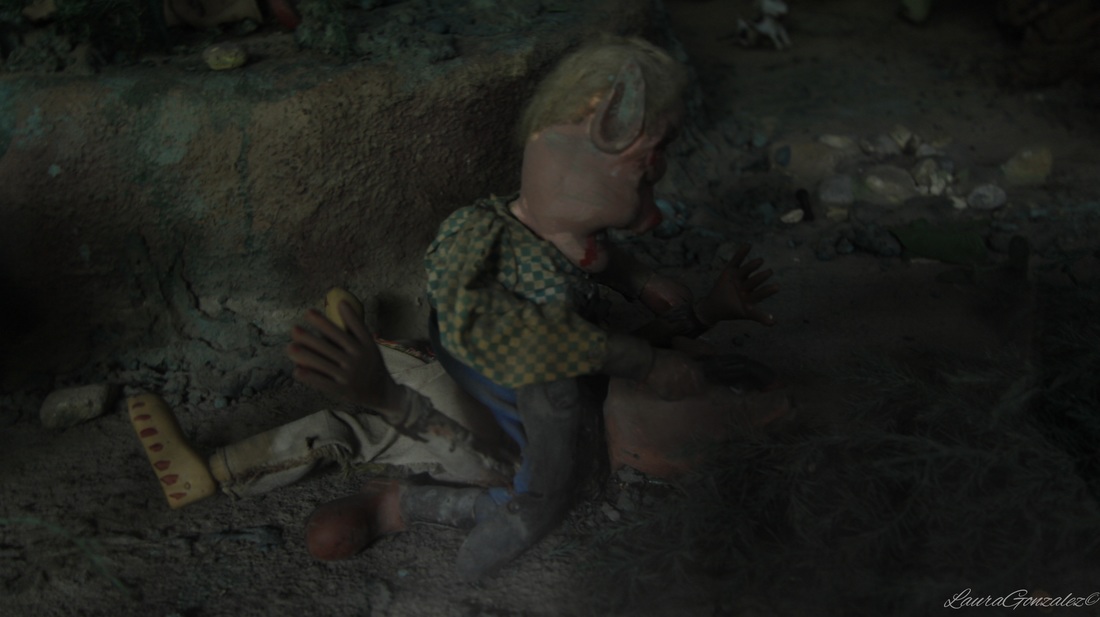
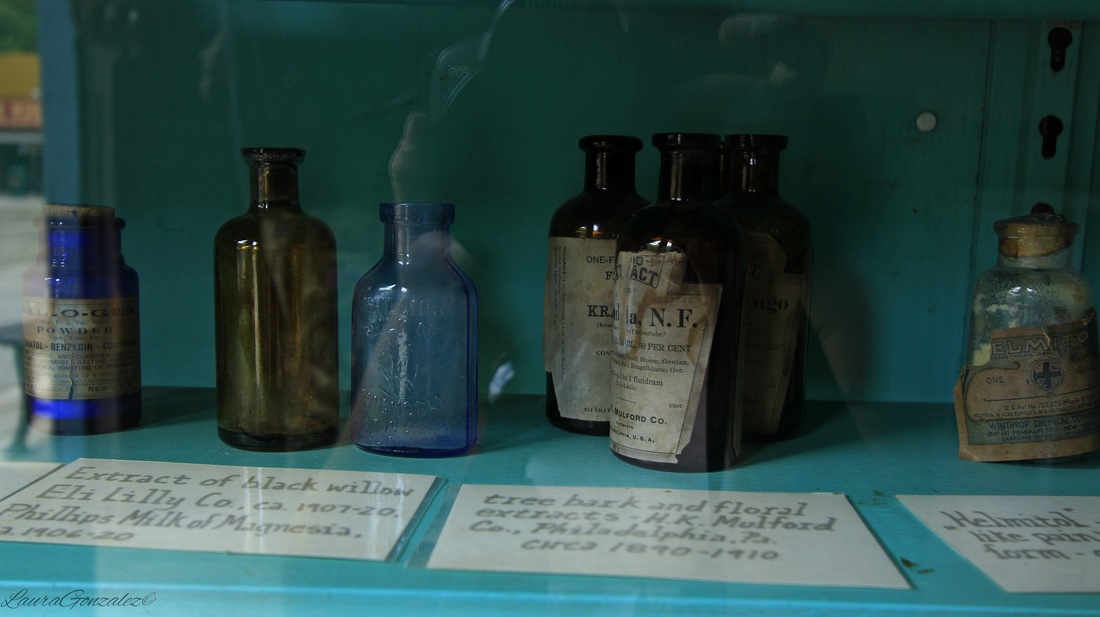
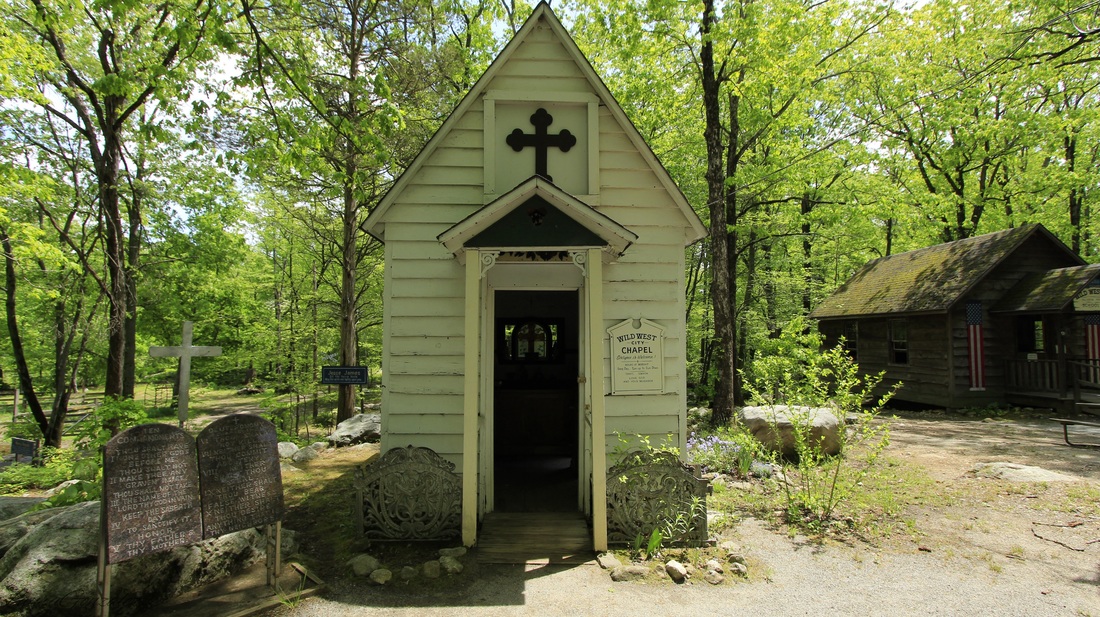
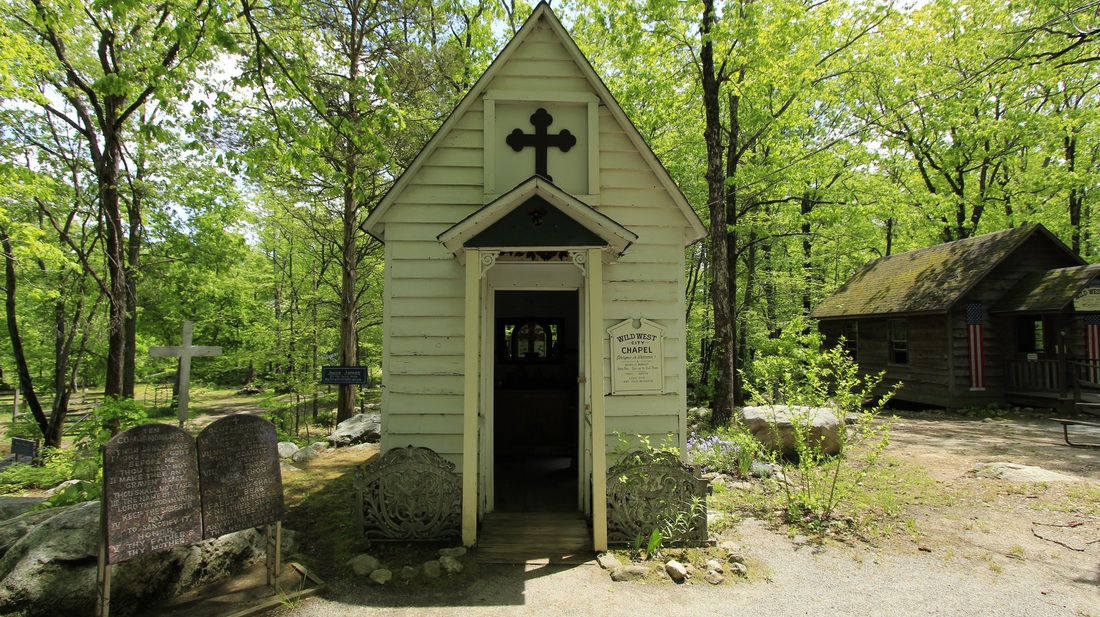
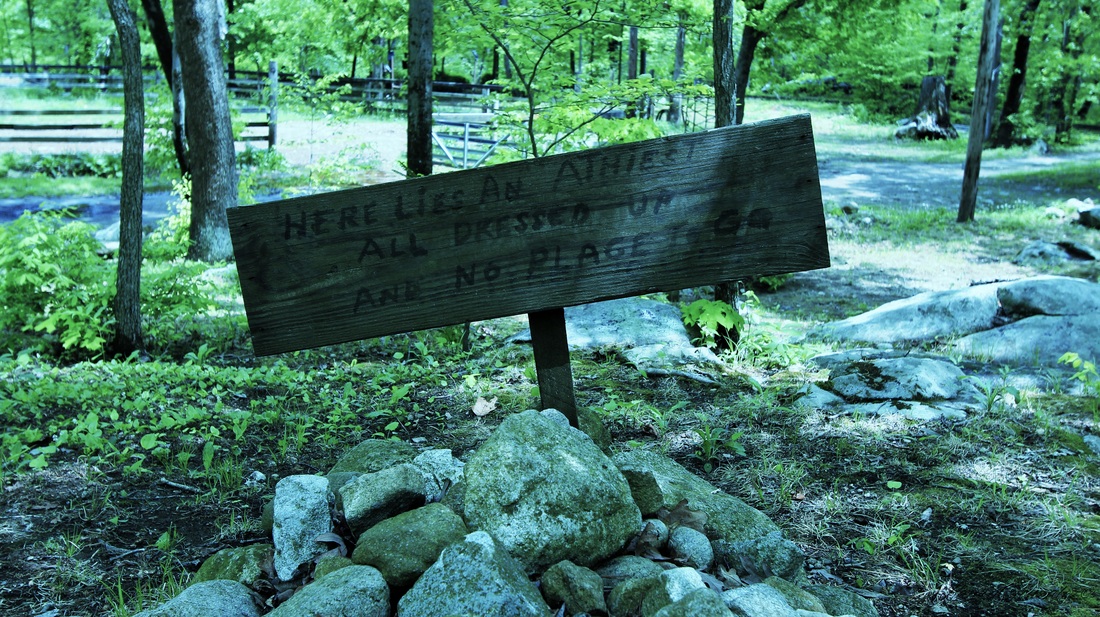
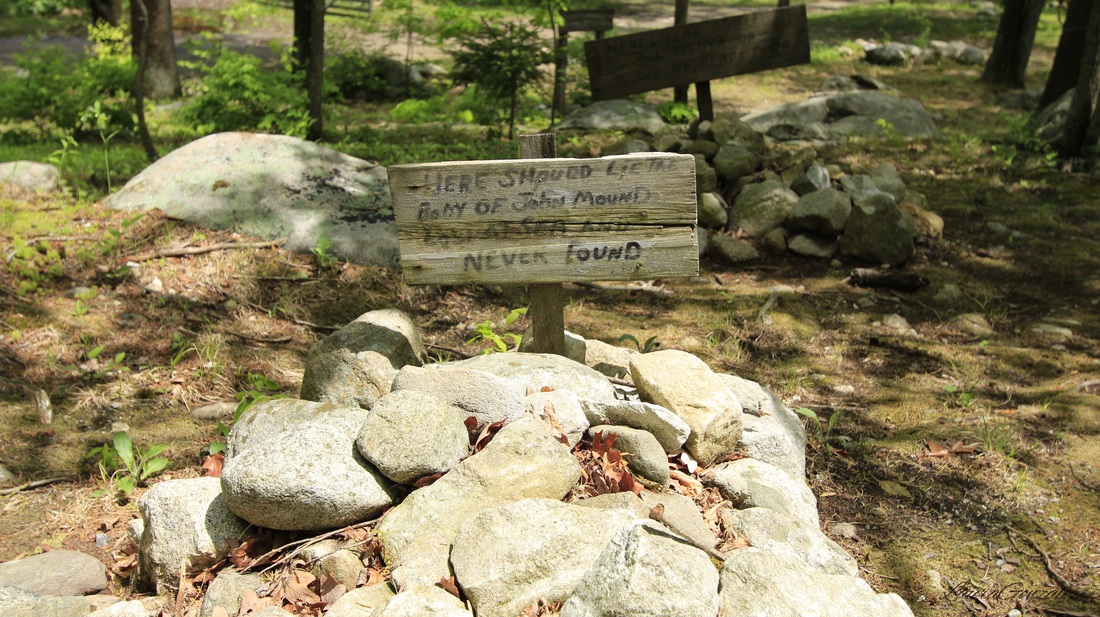
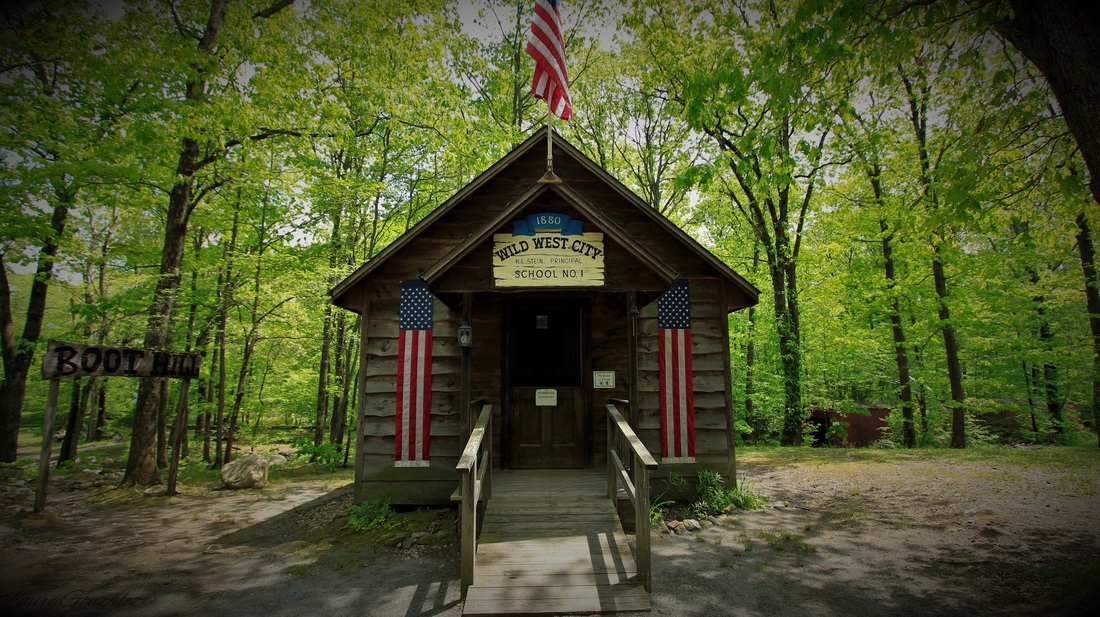

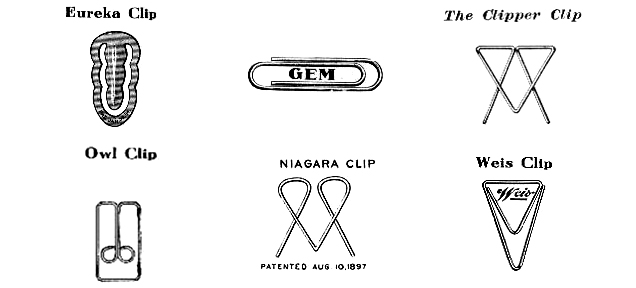
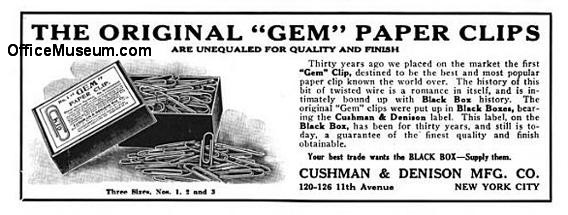
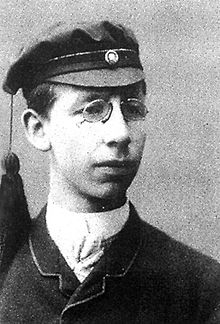
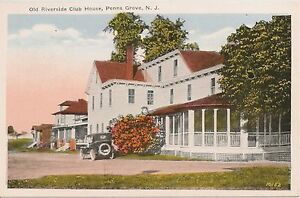
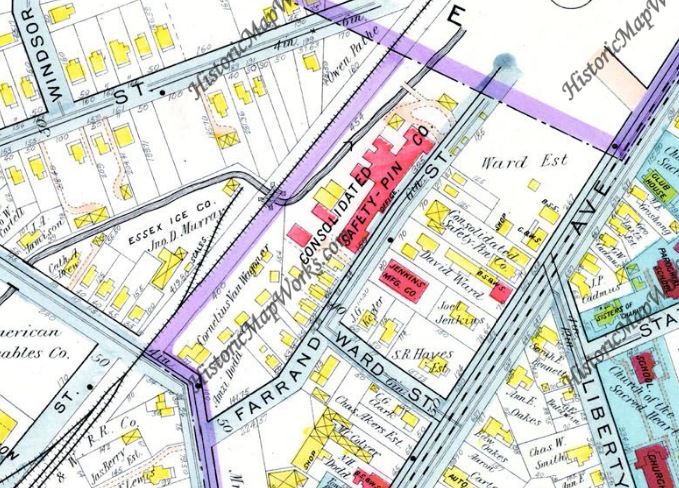
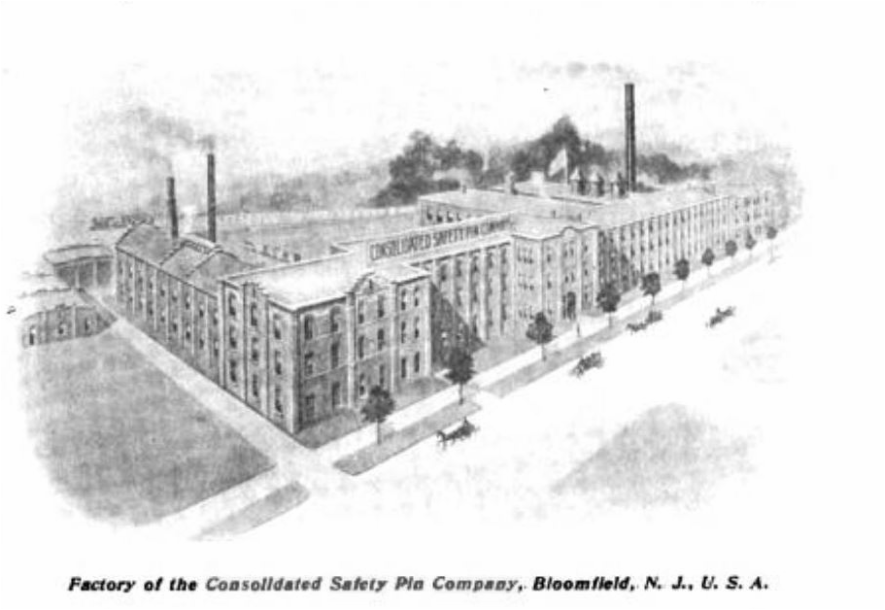
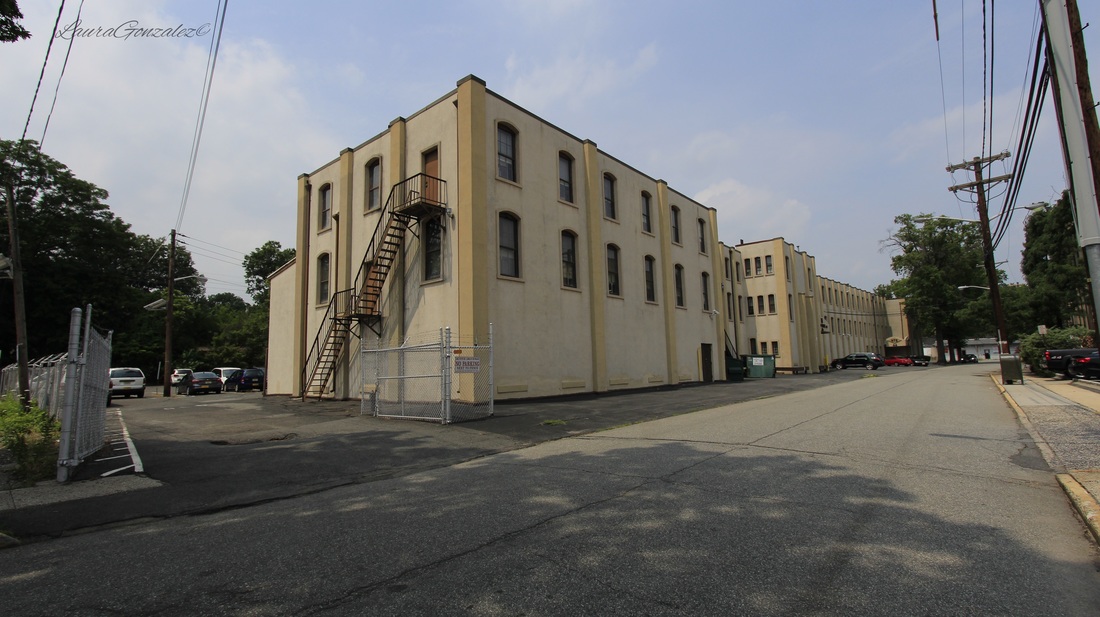


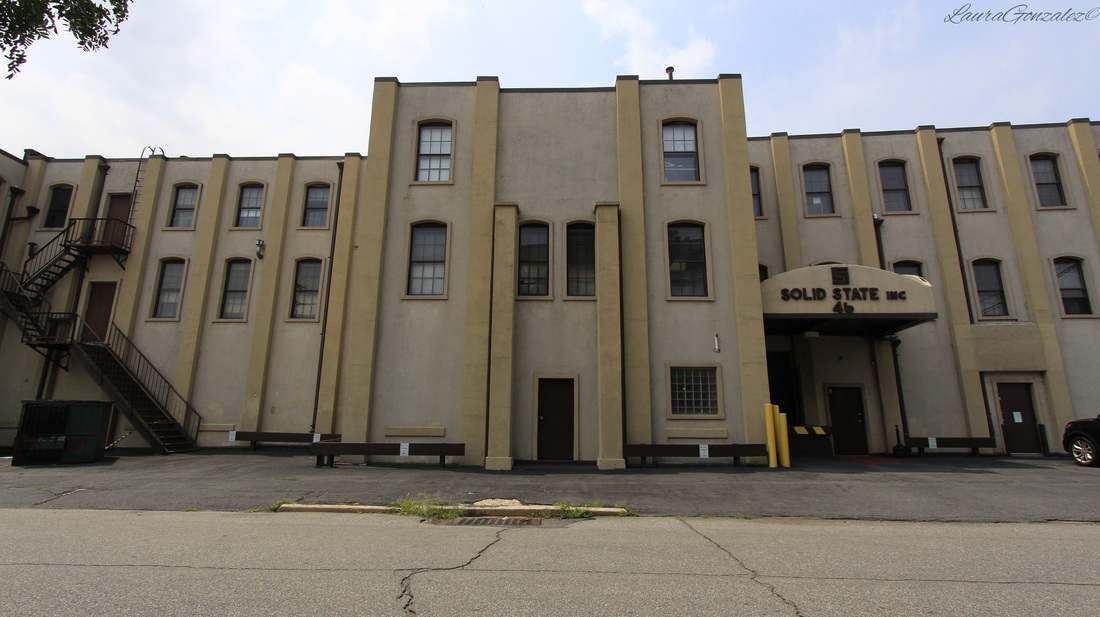
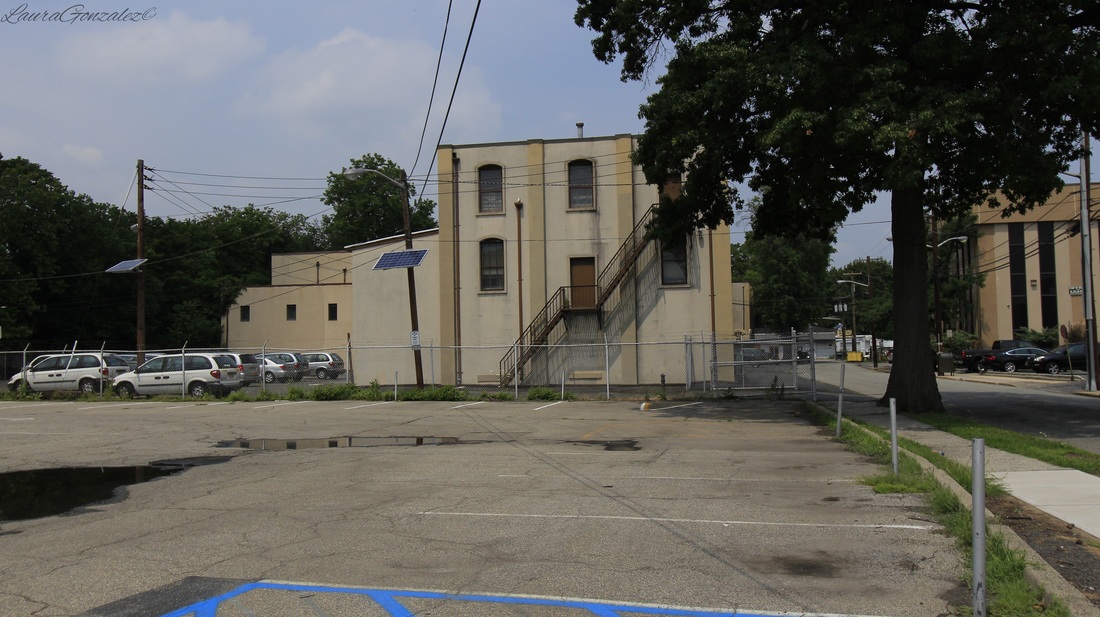
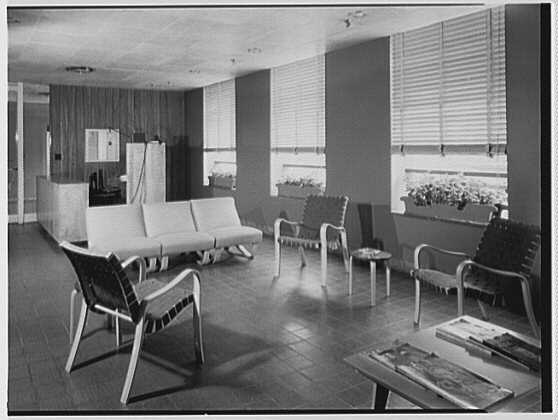
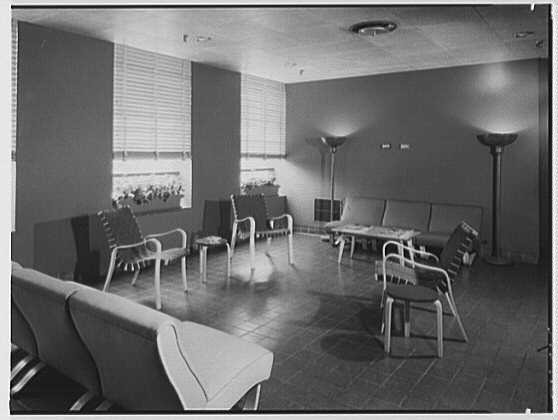
 RSS Feed
RSS Feed
